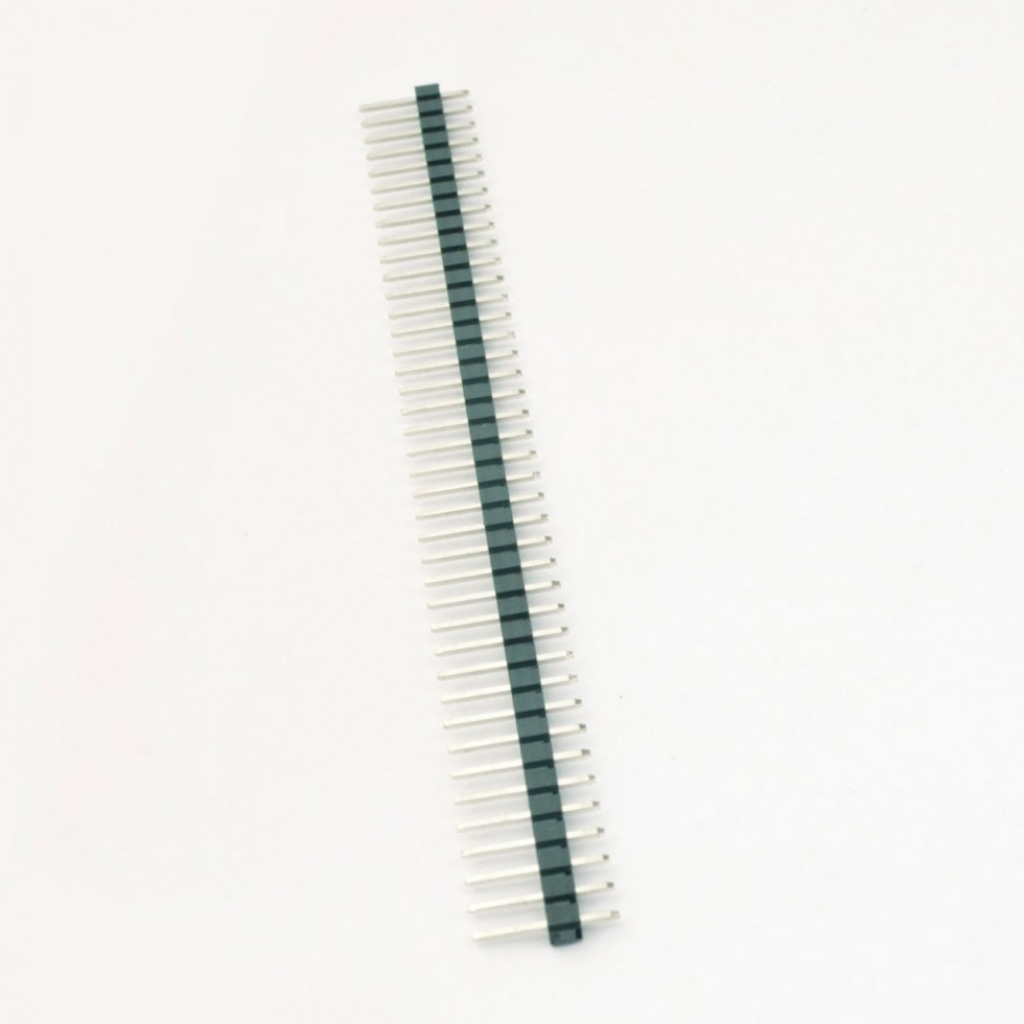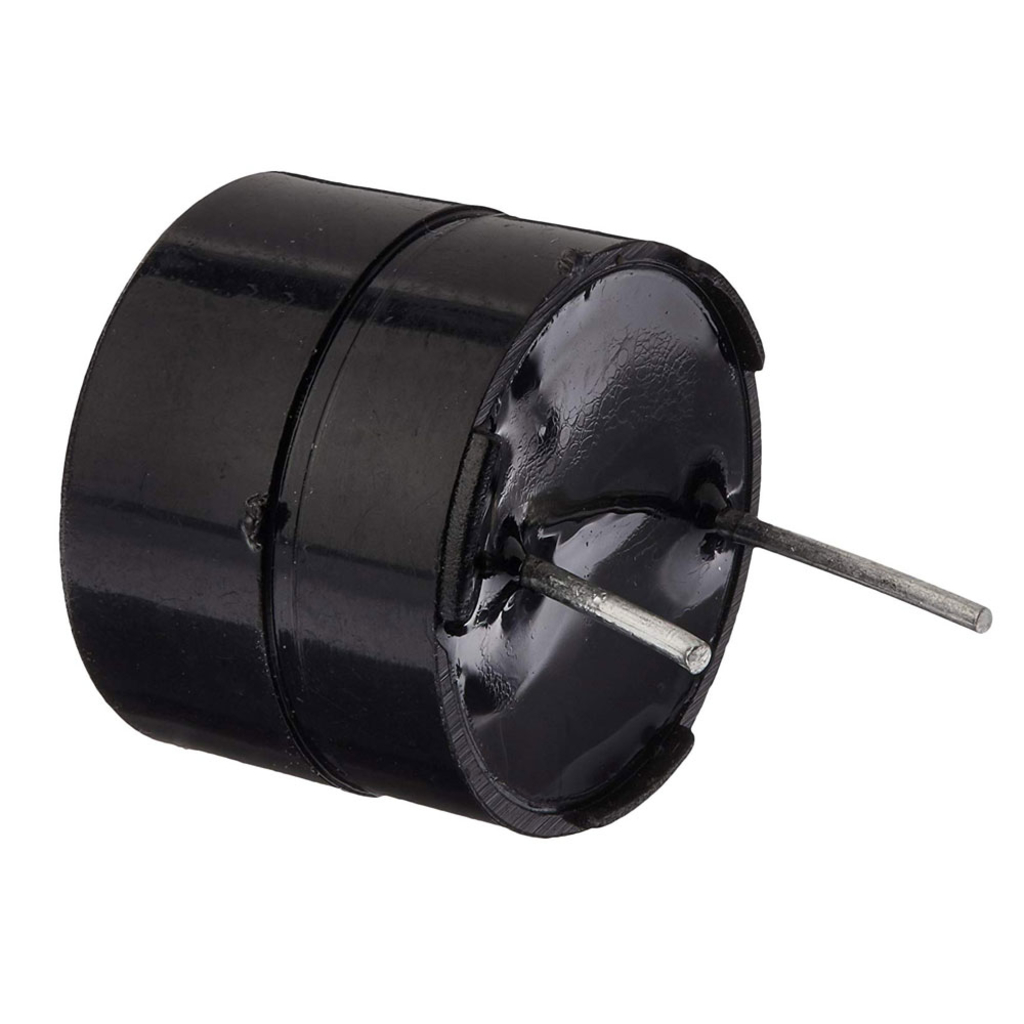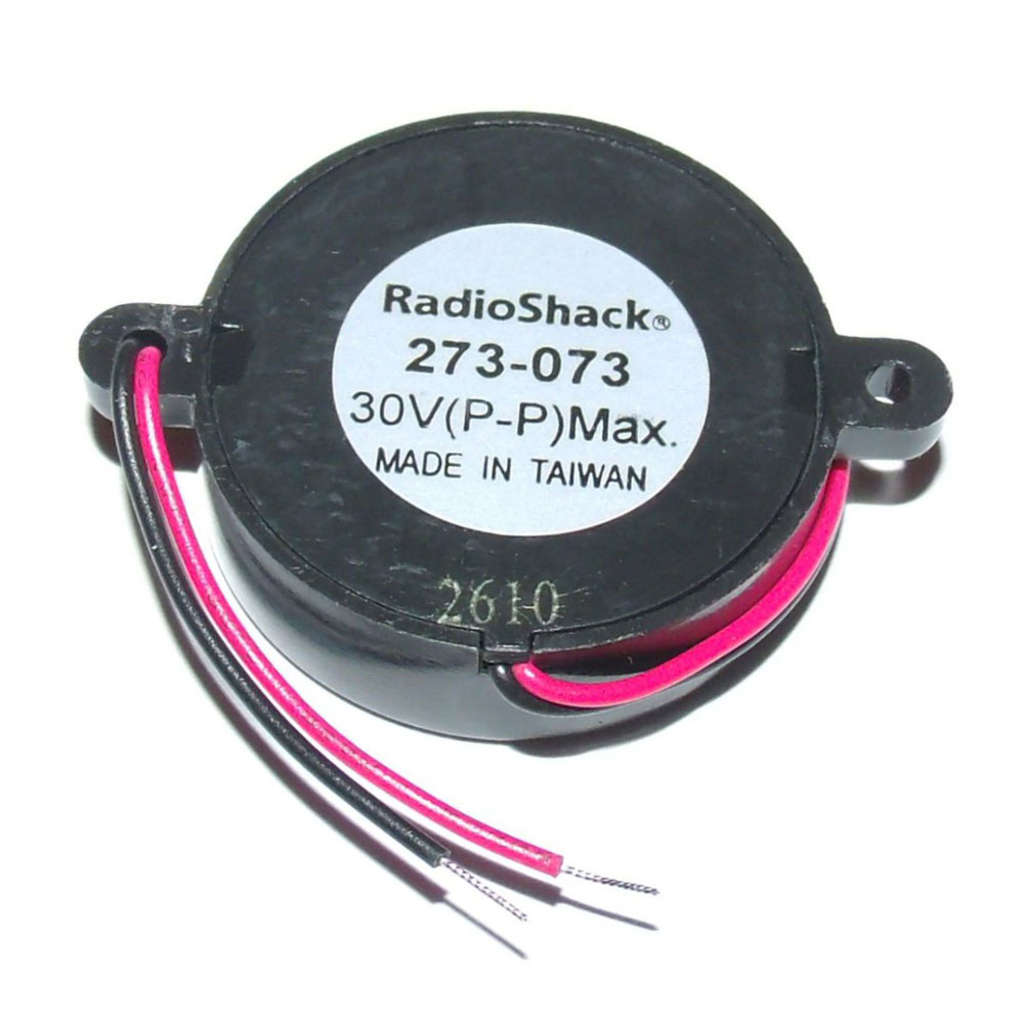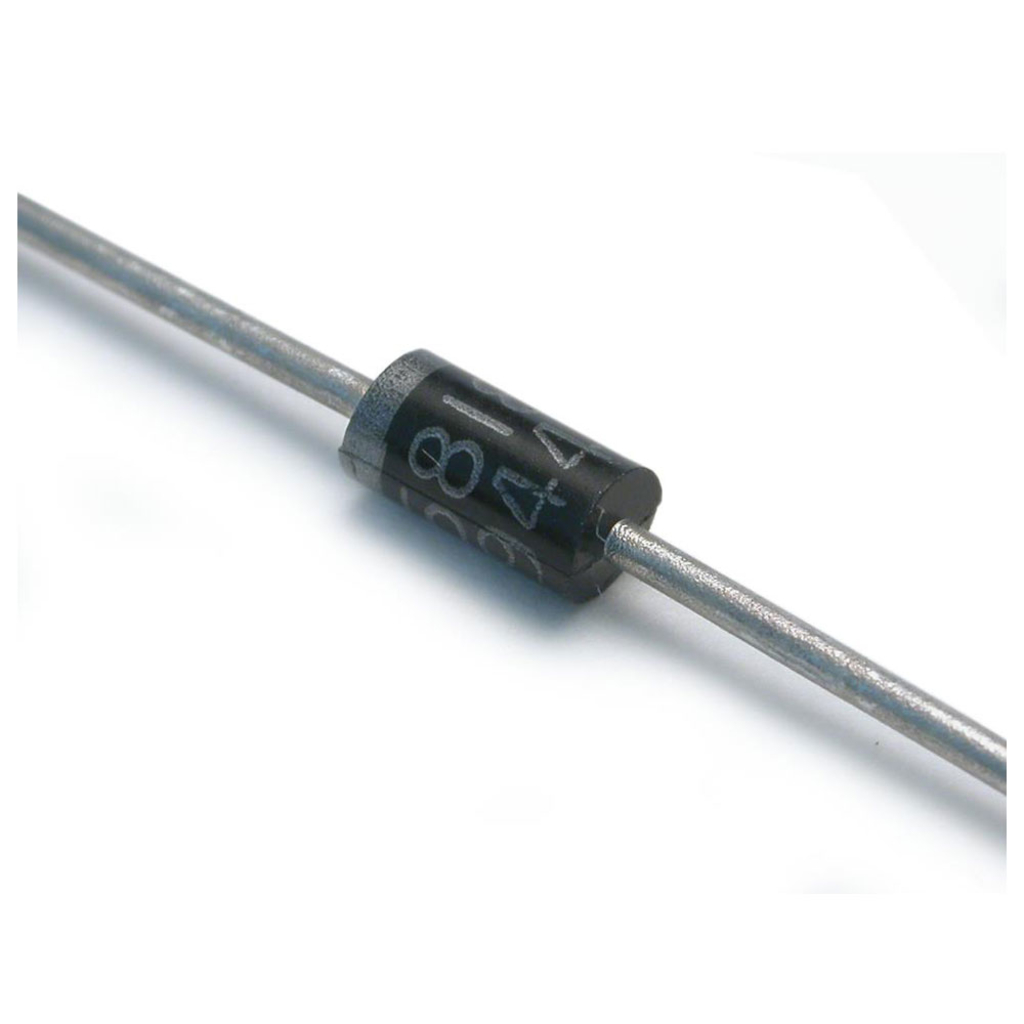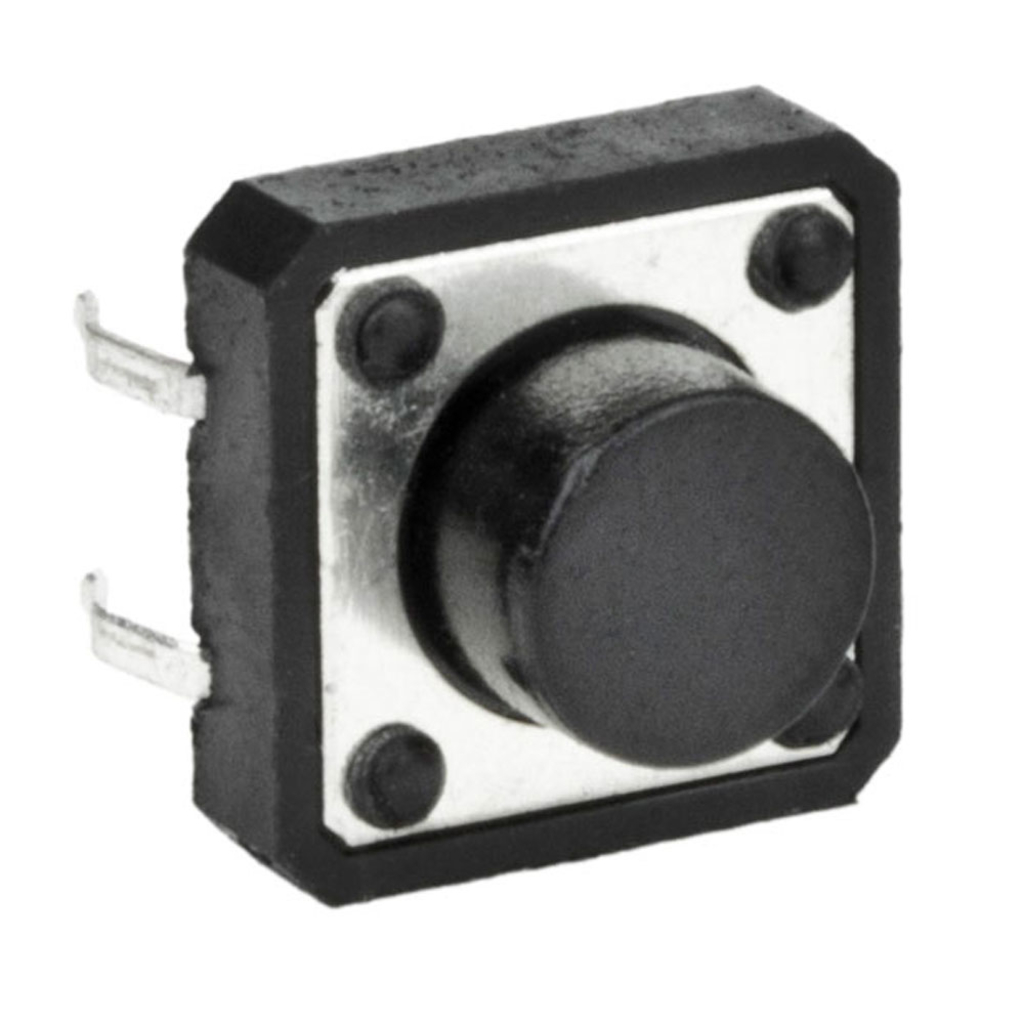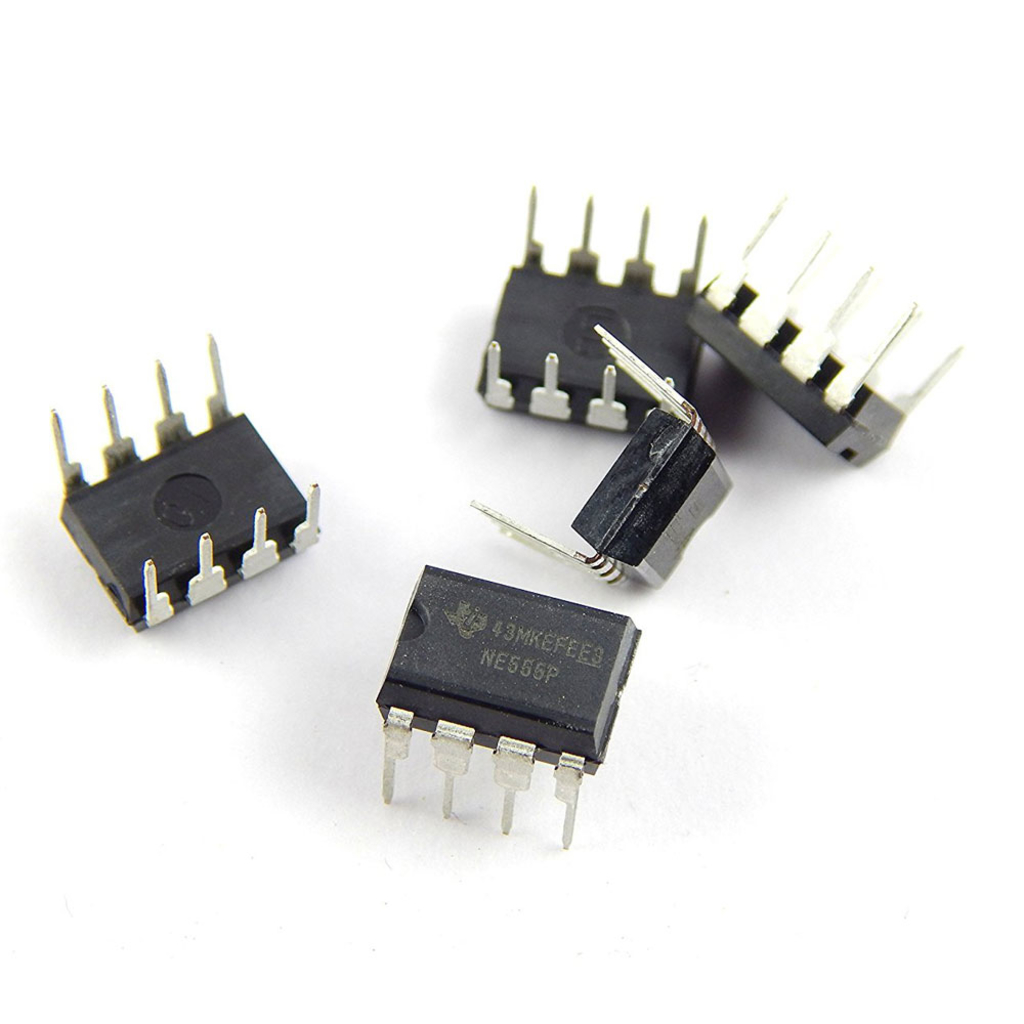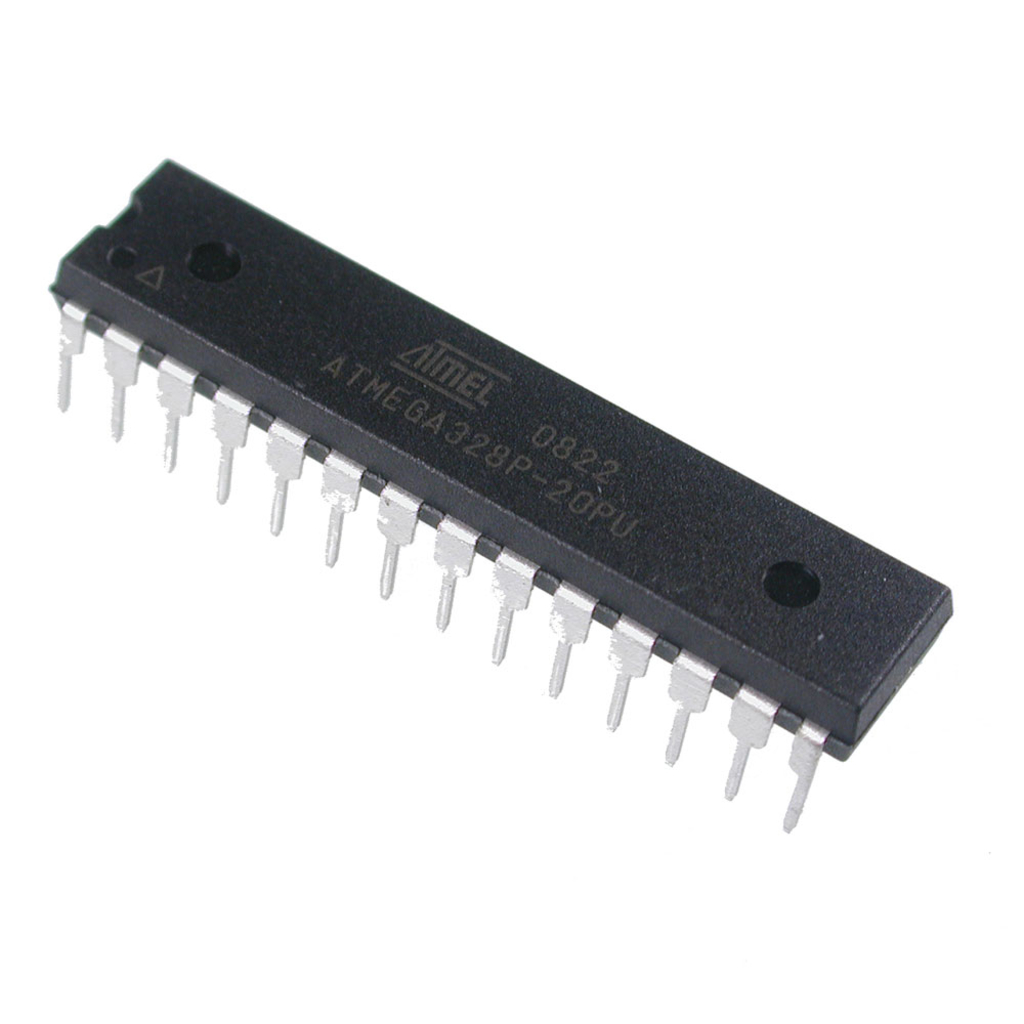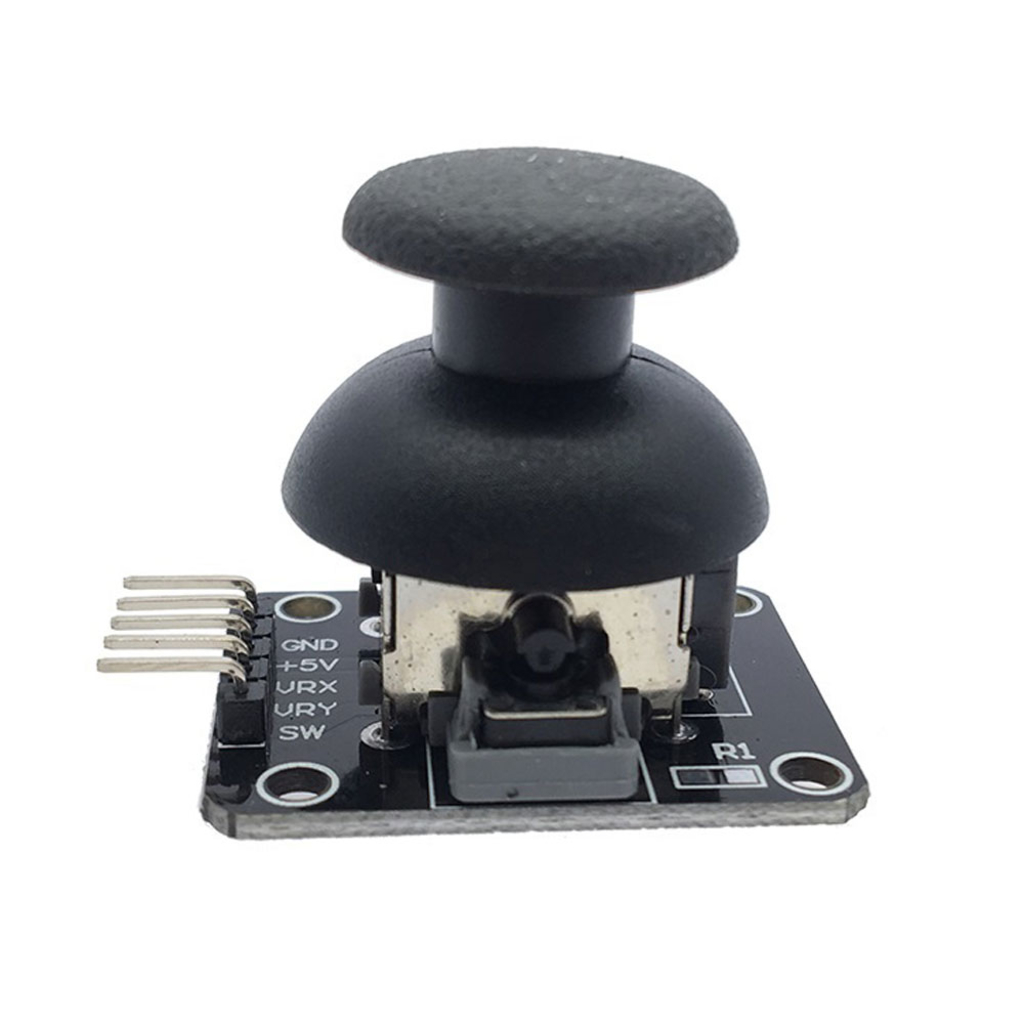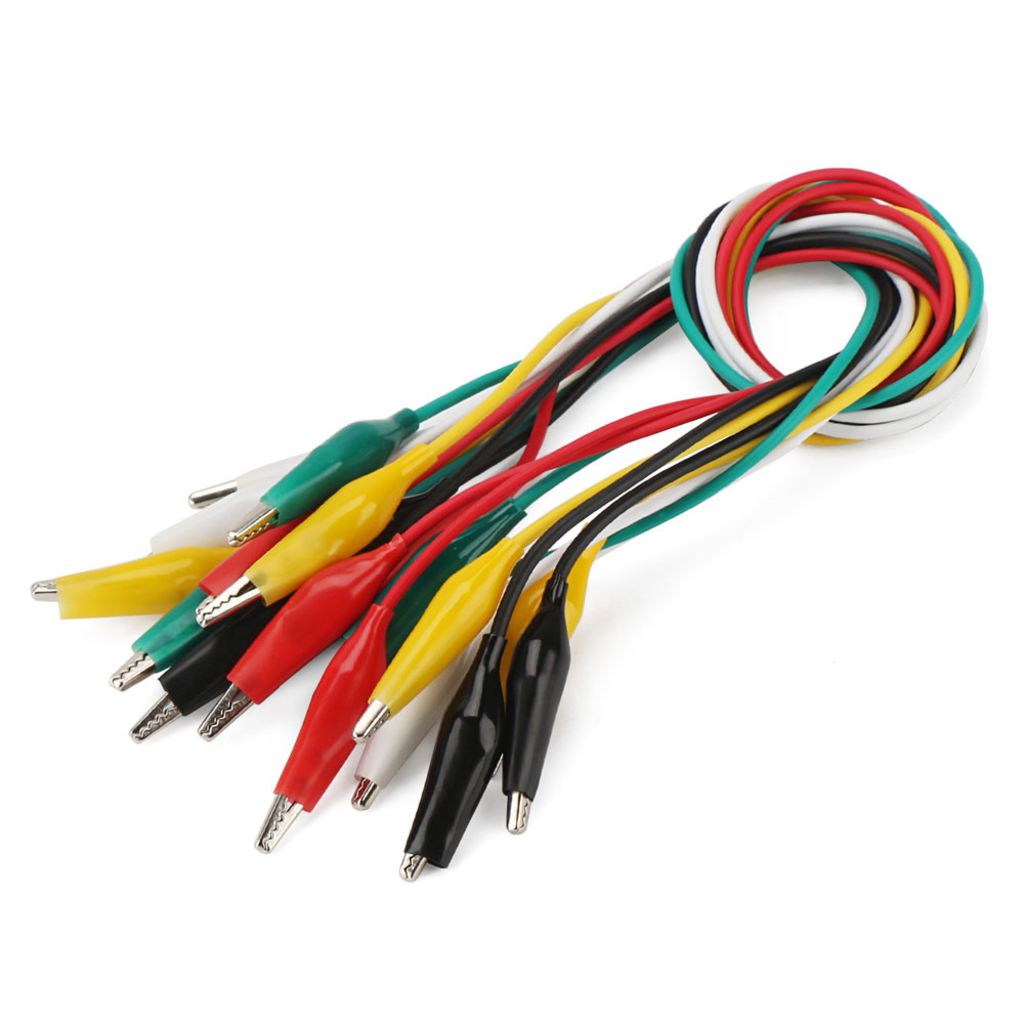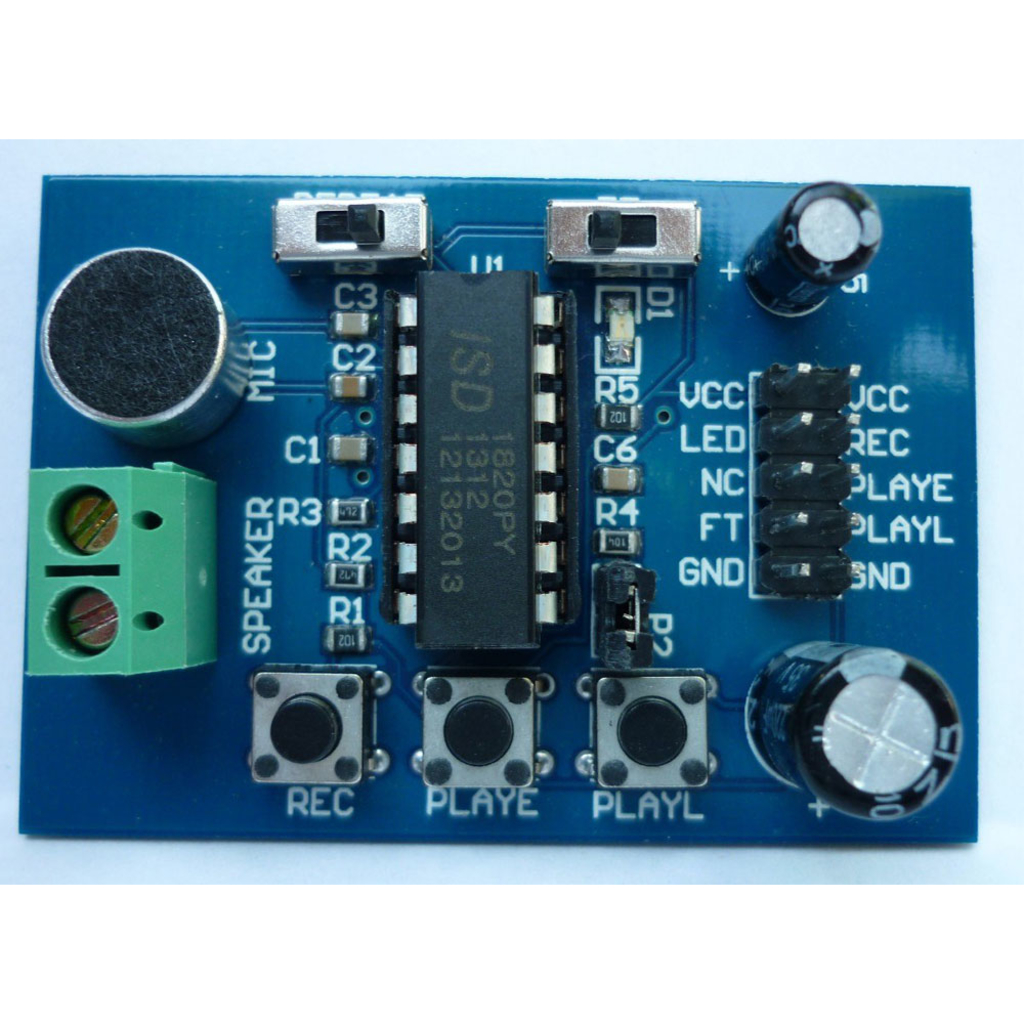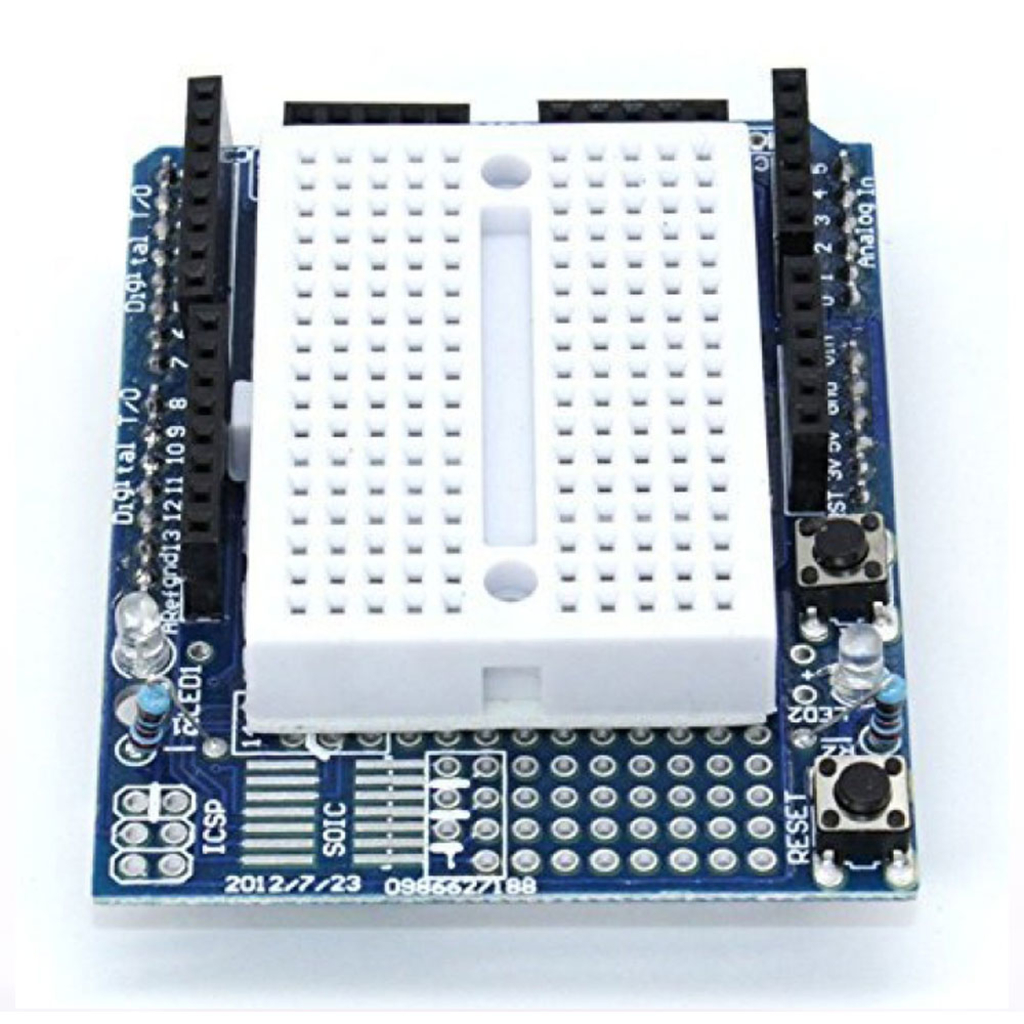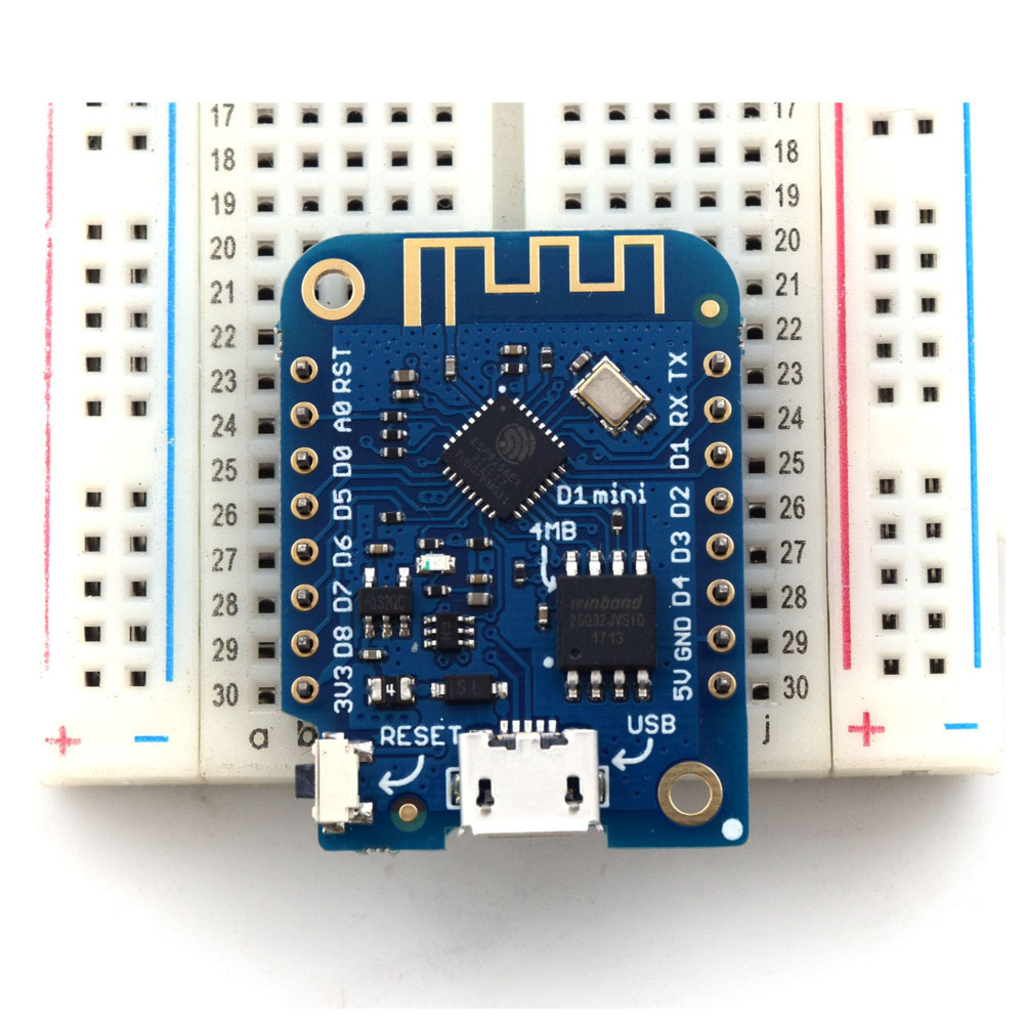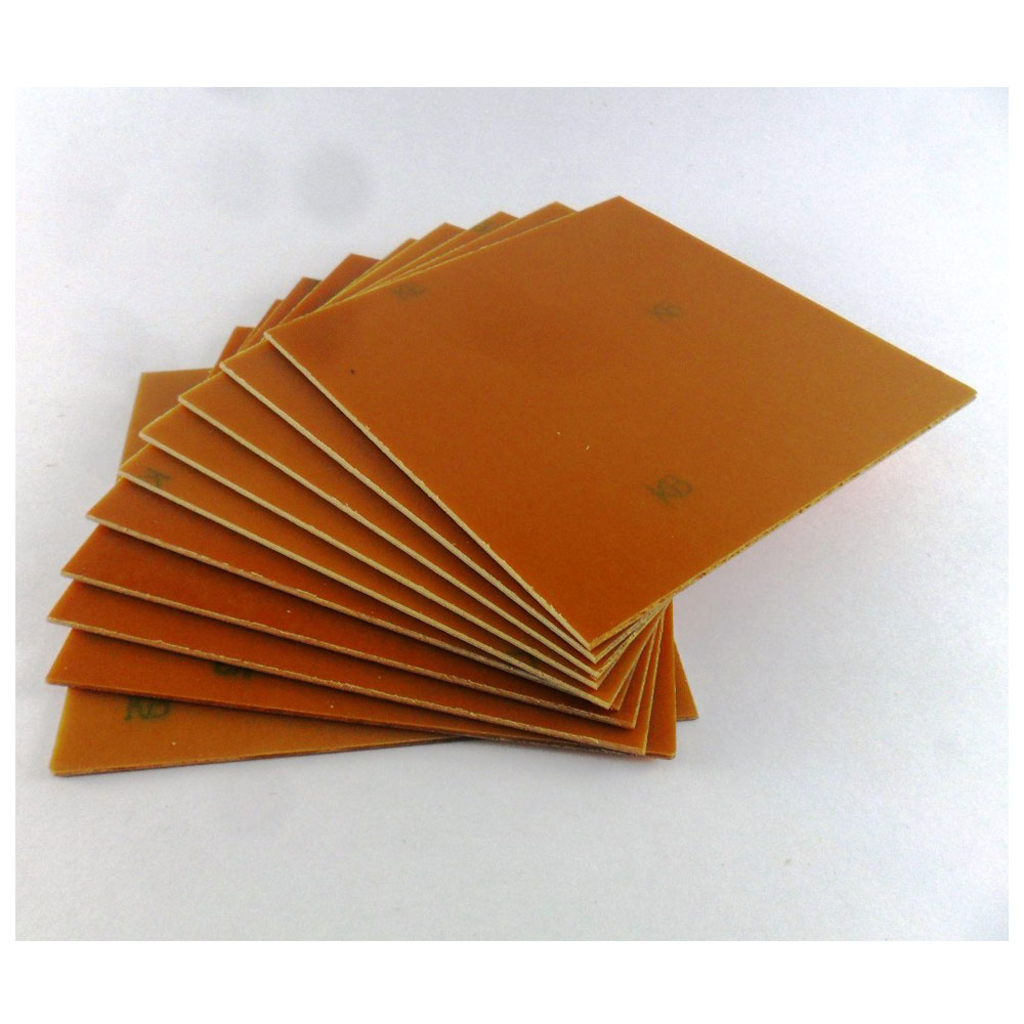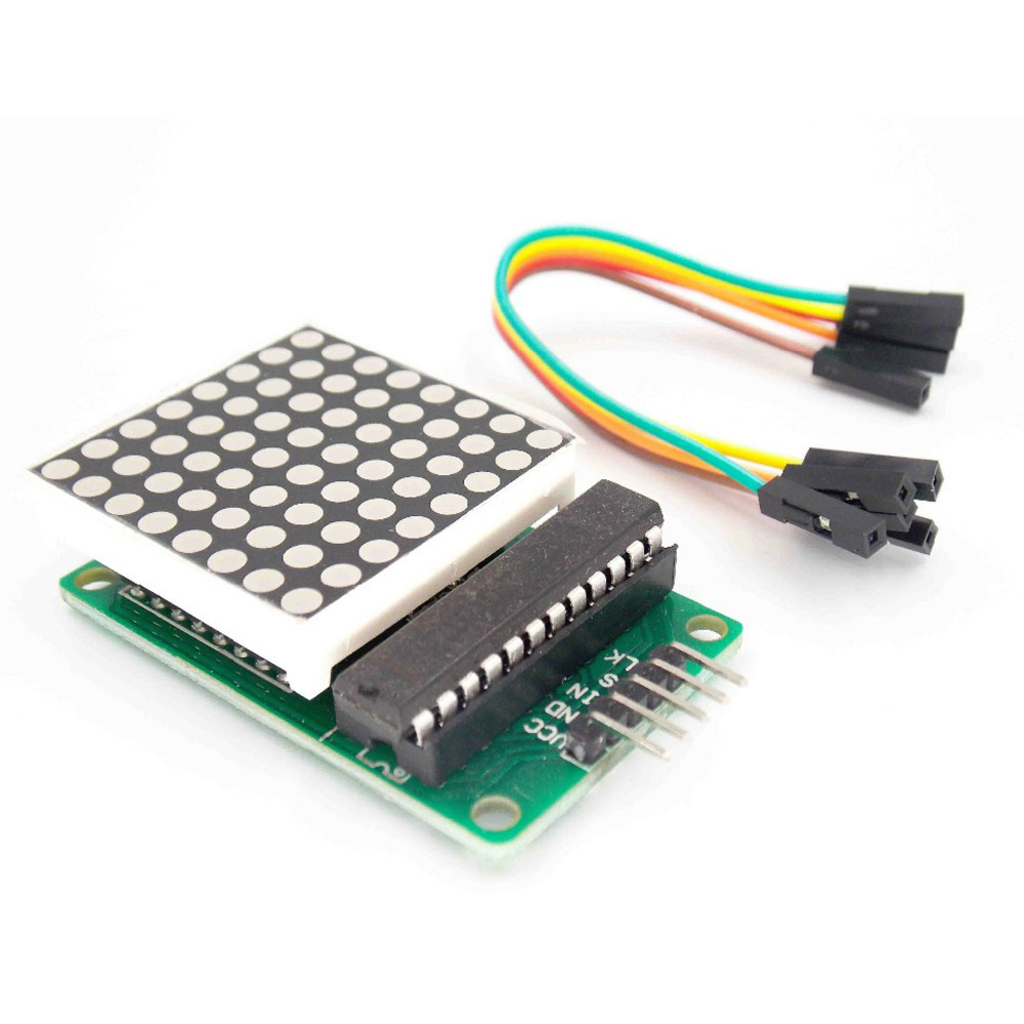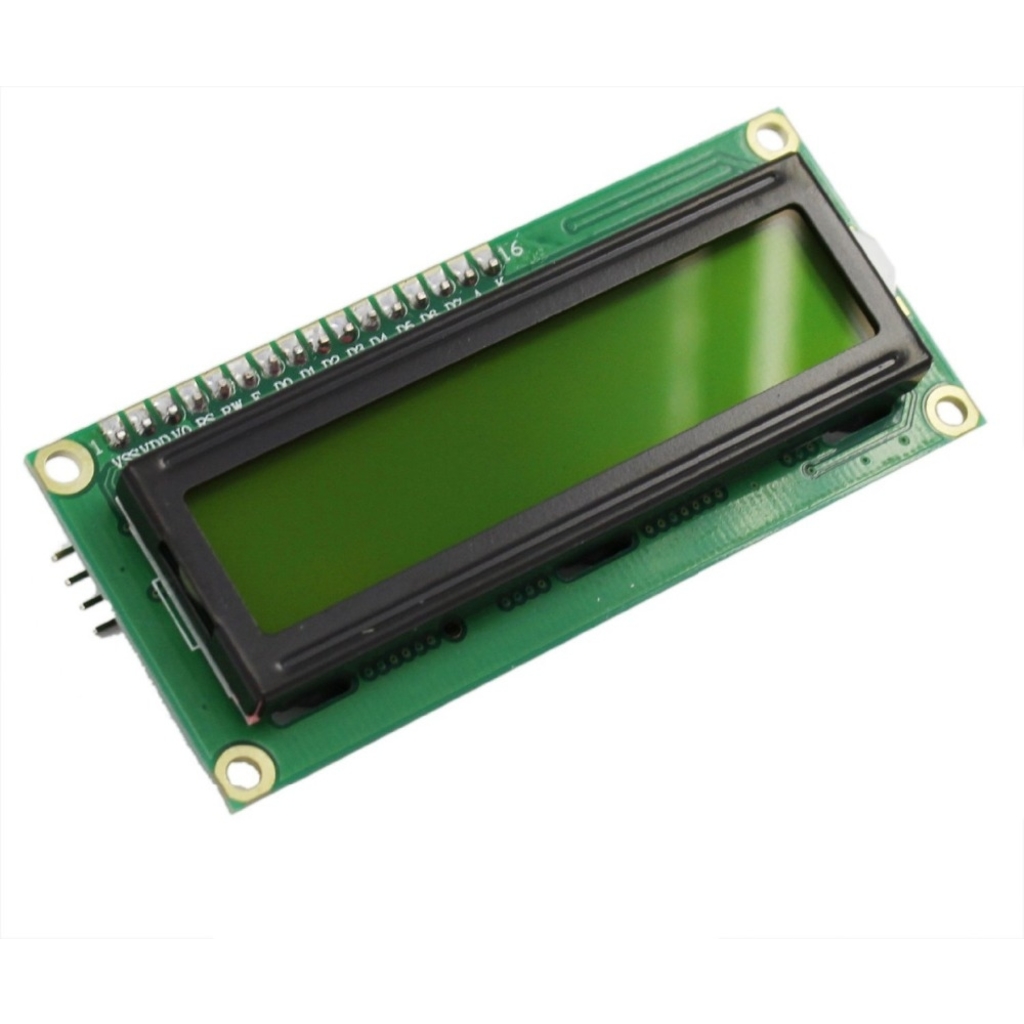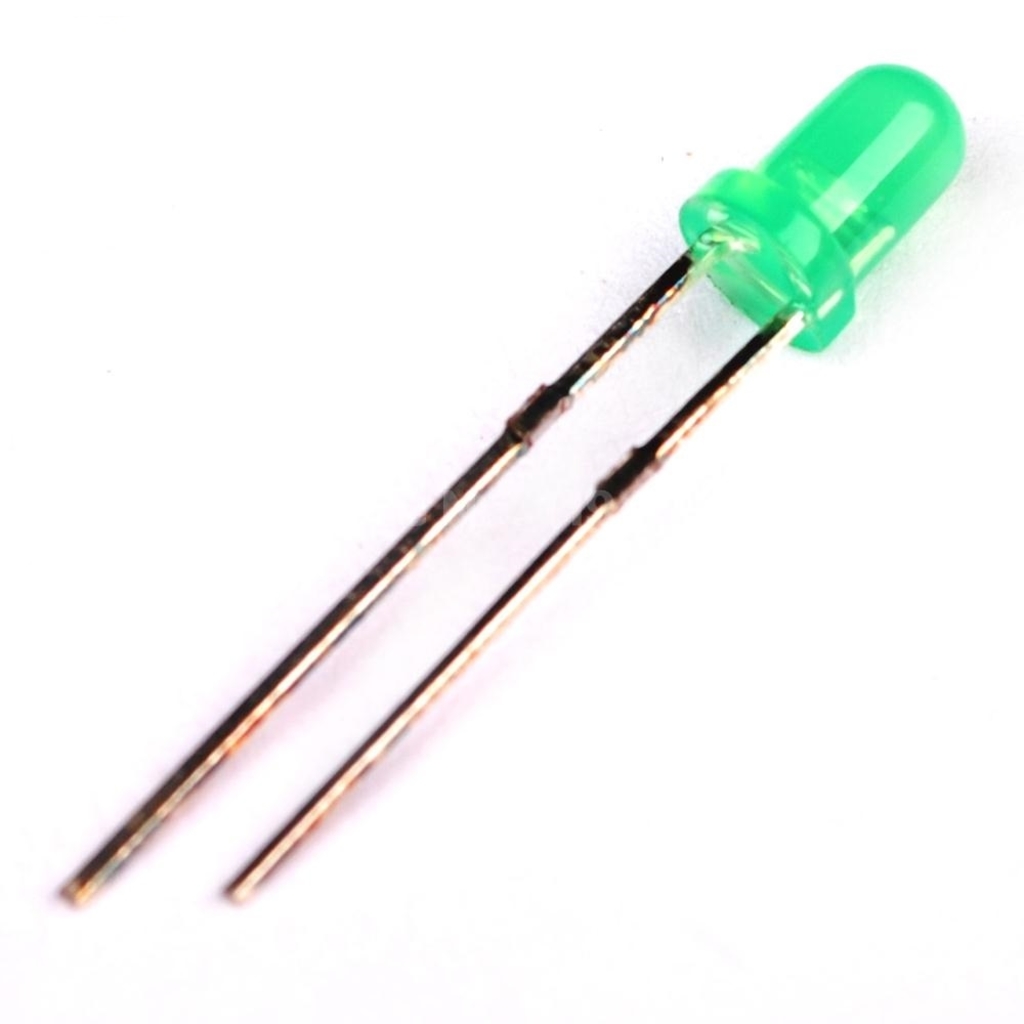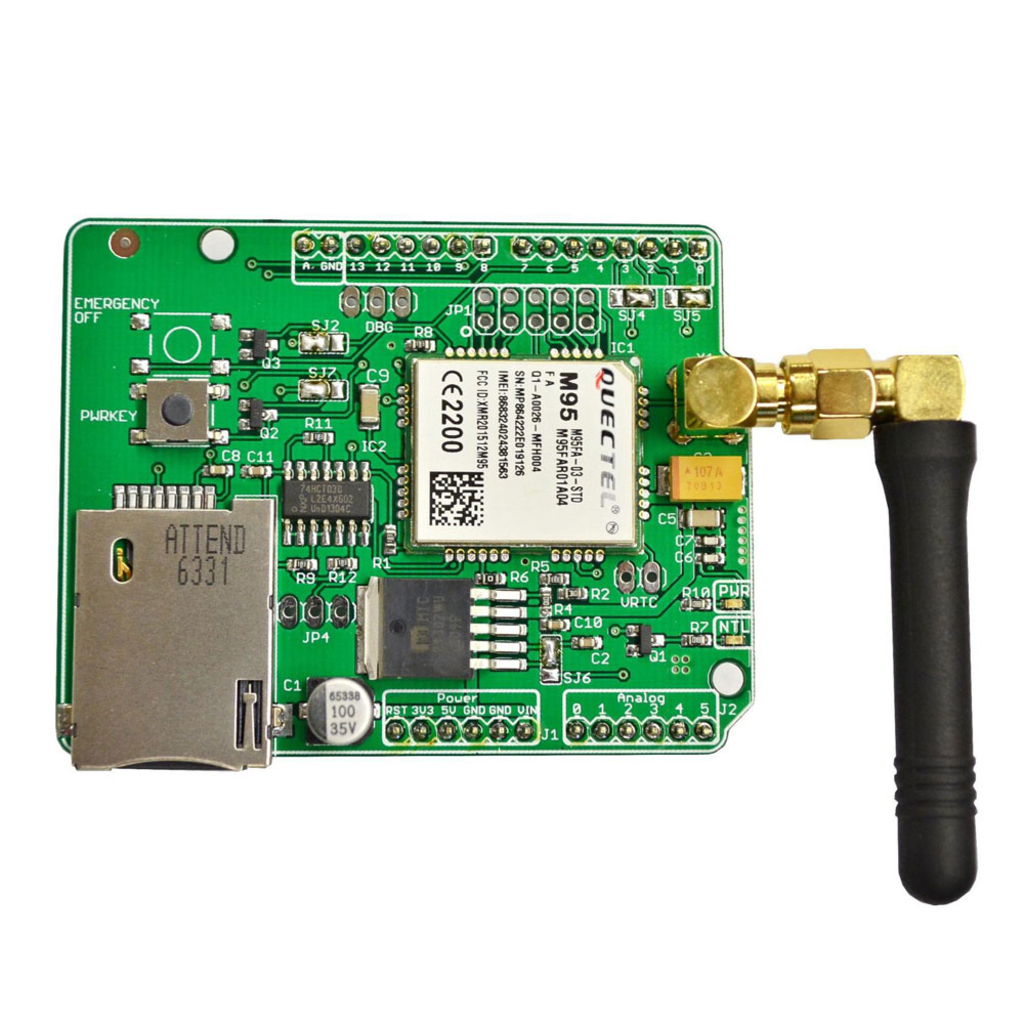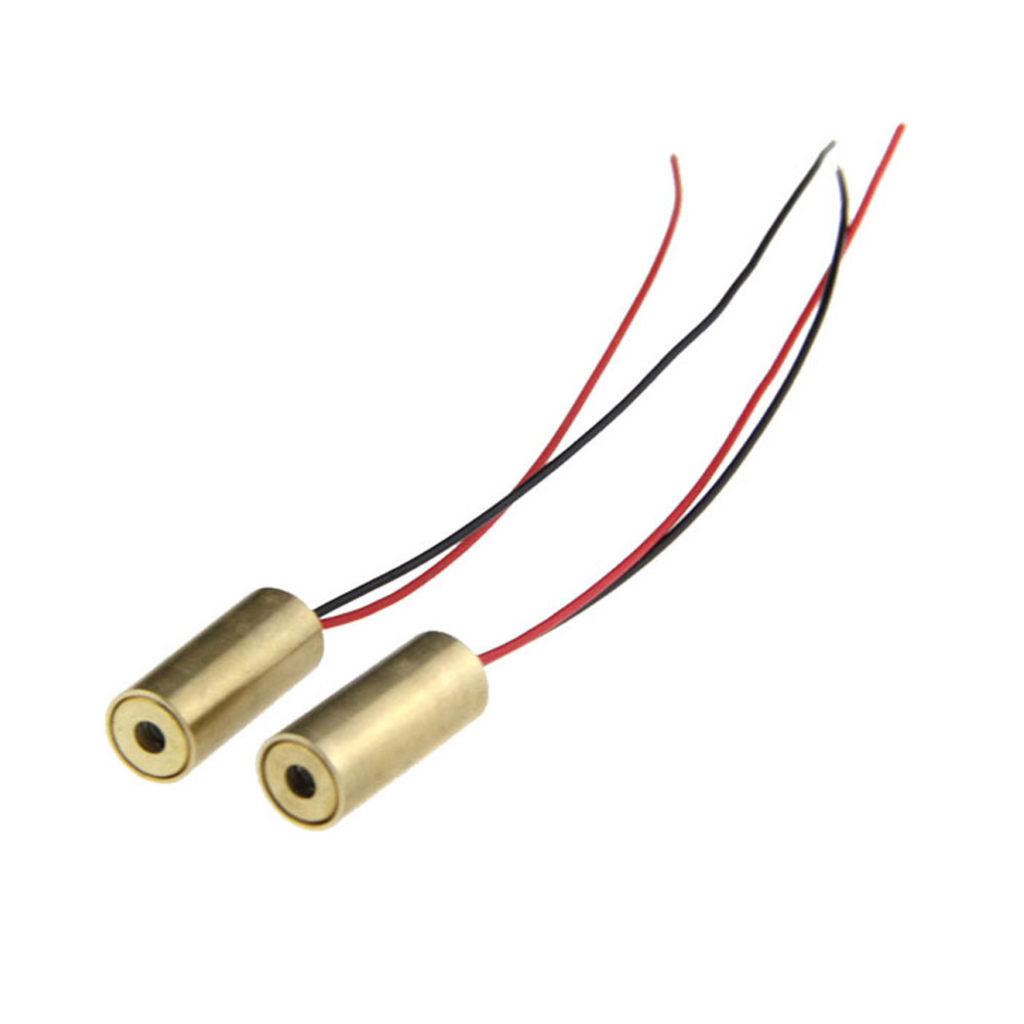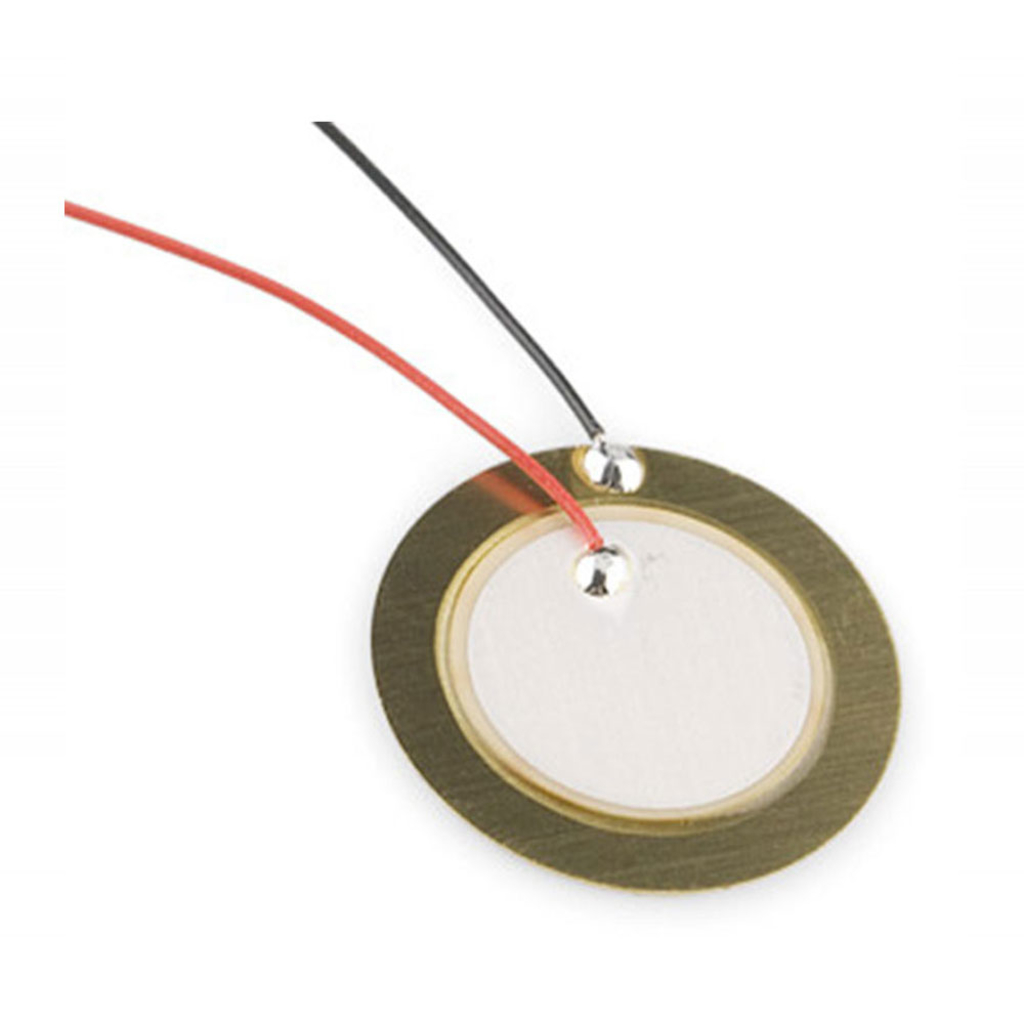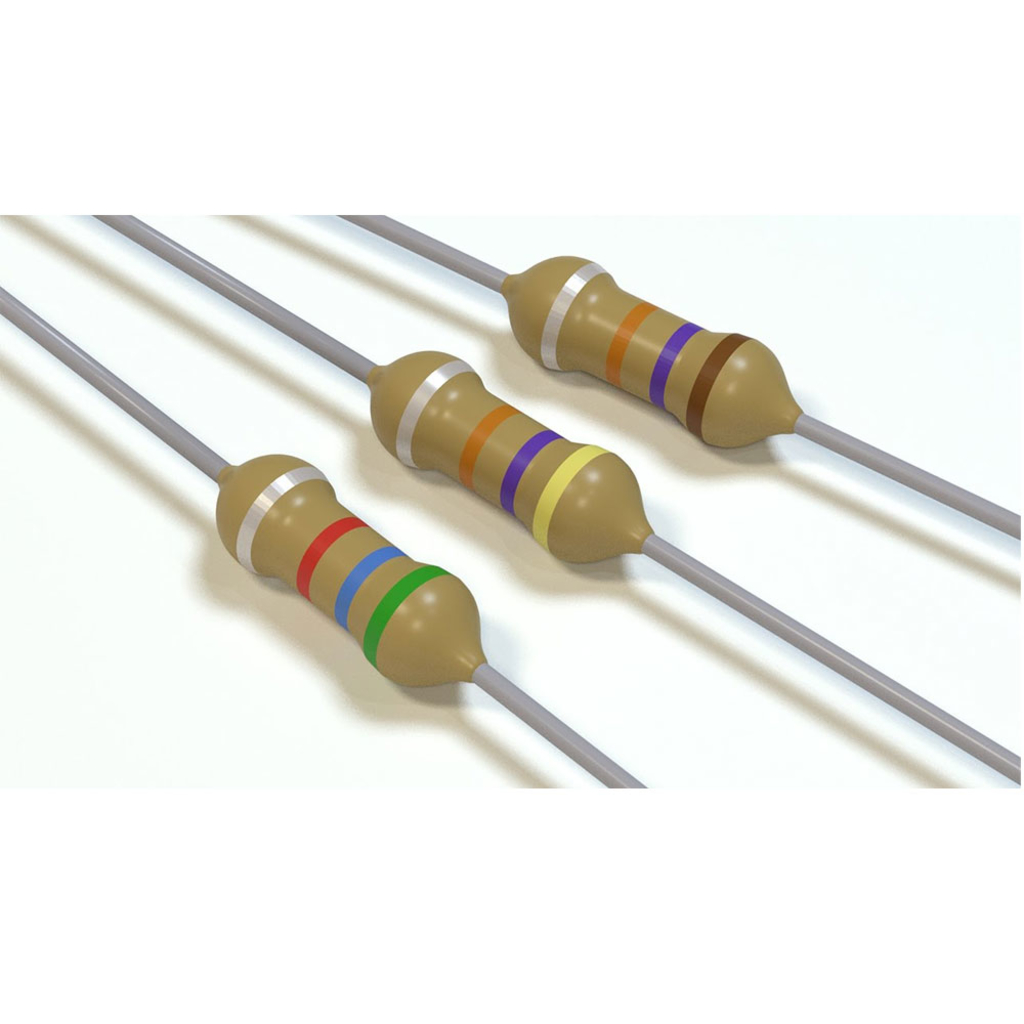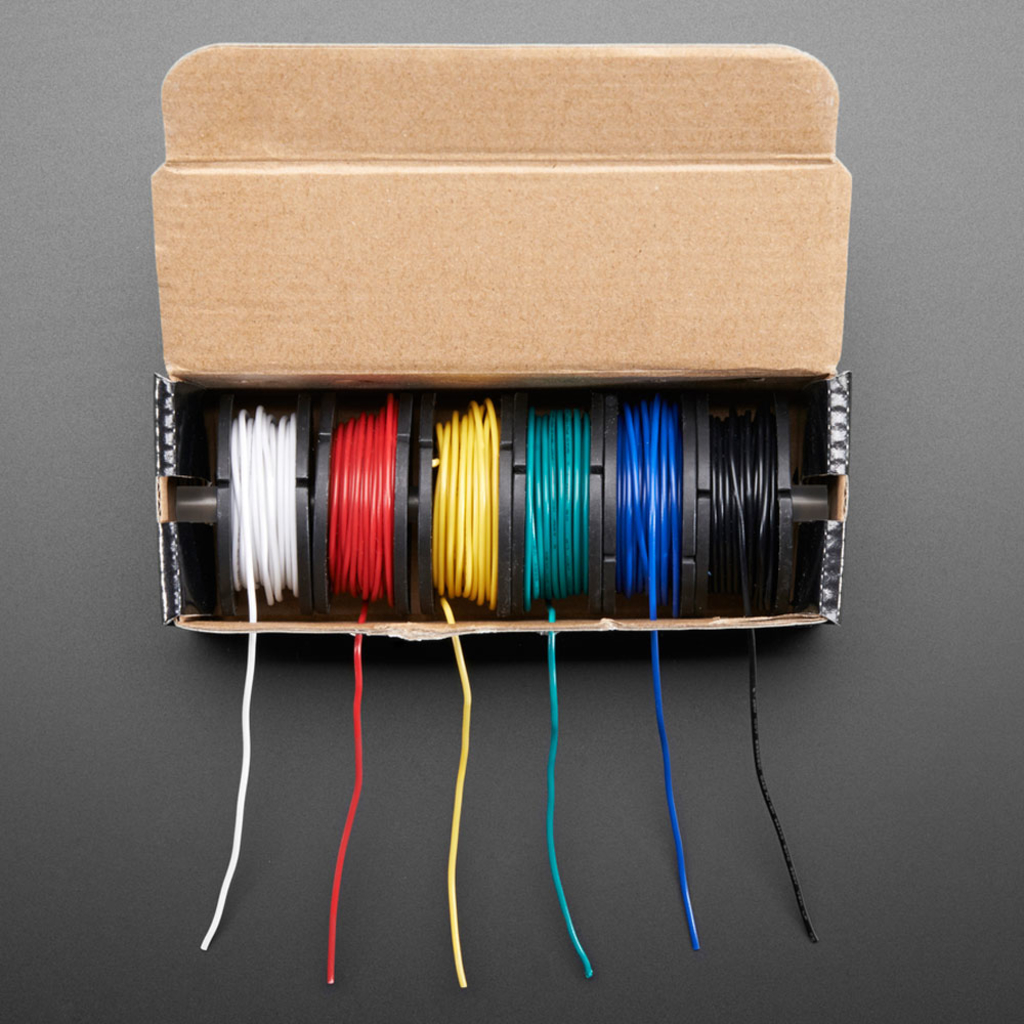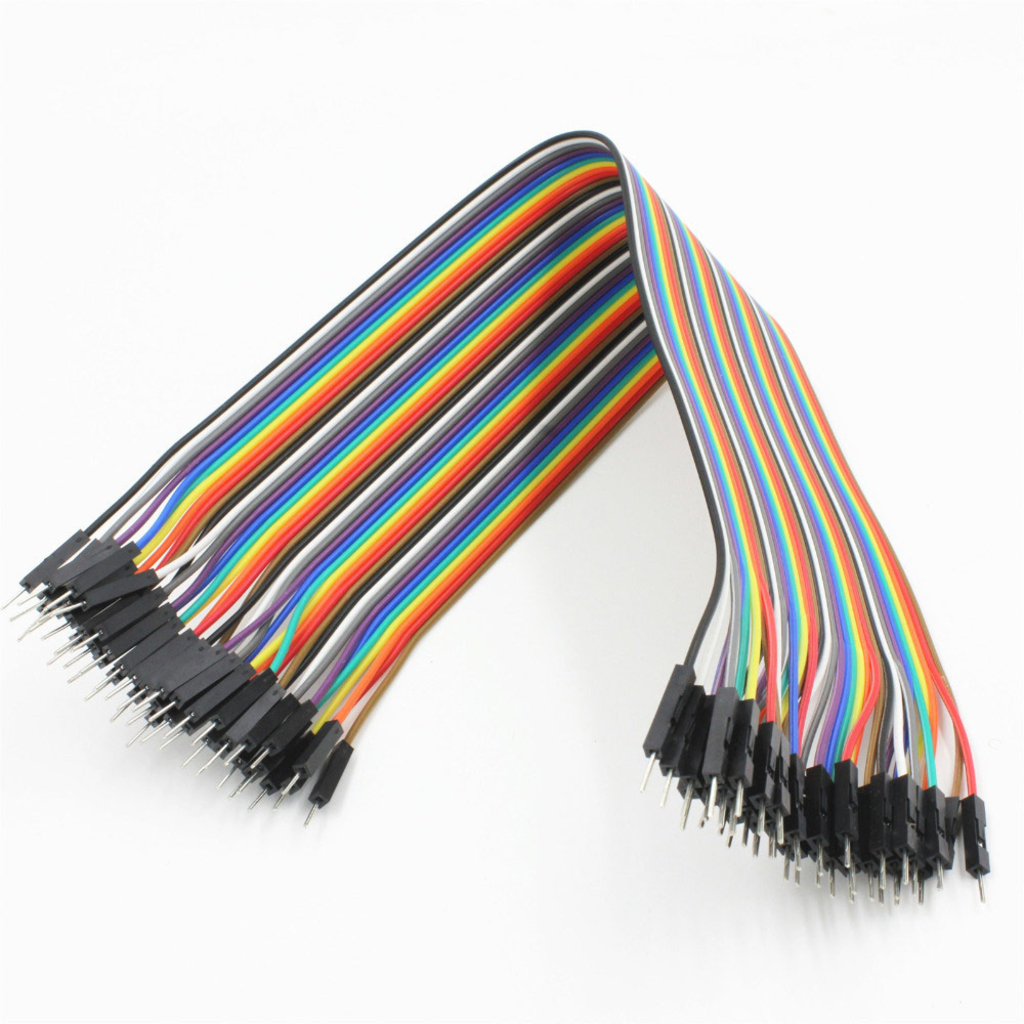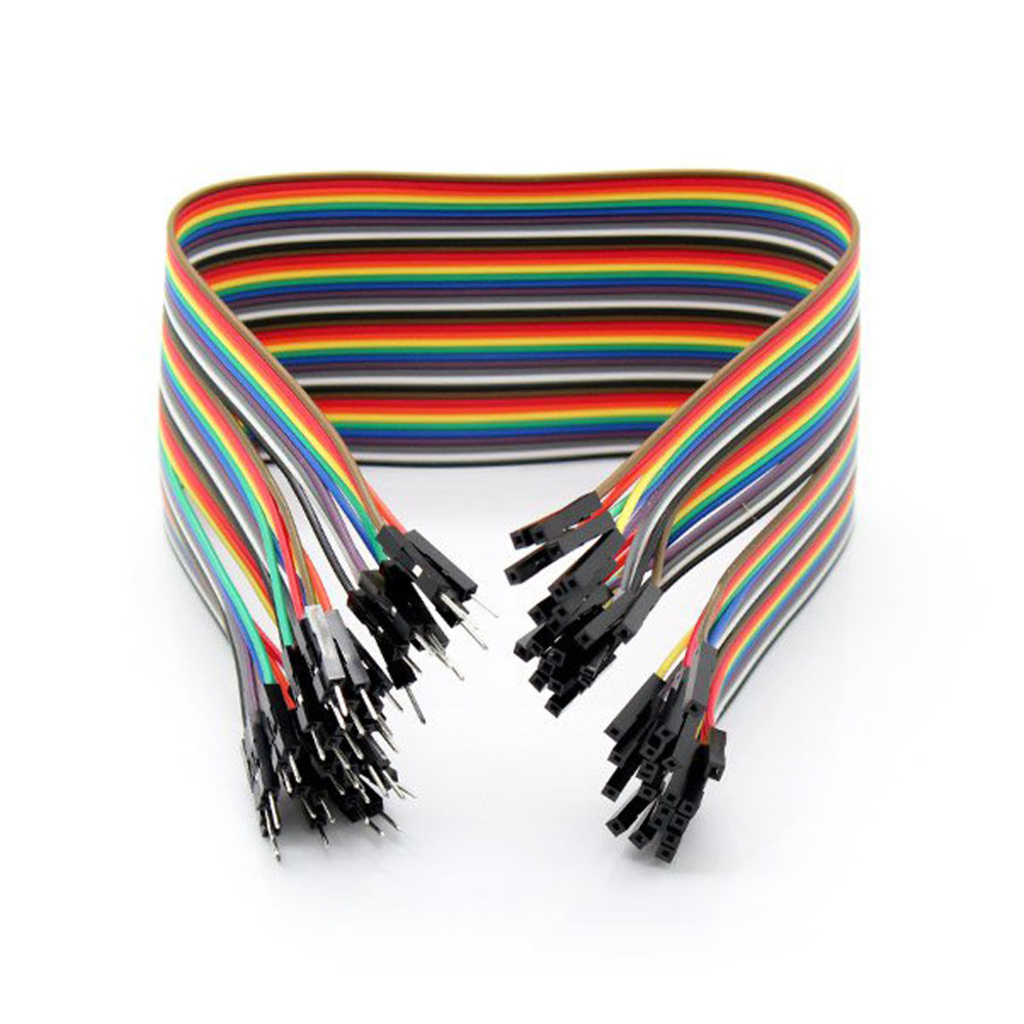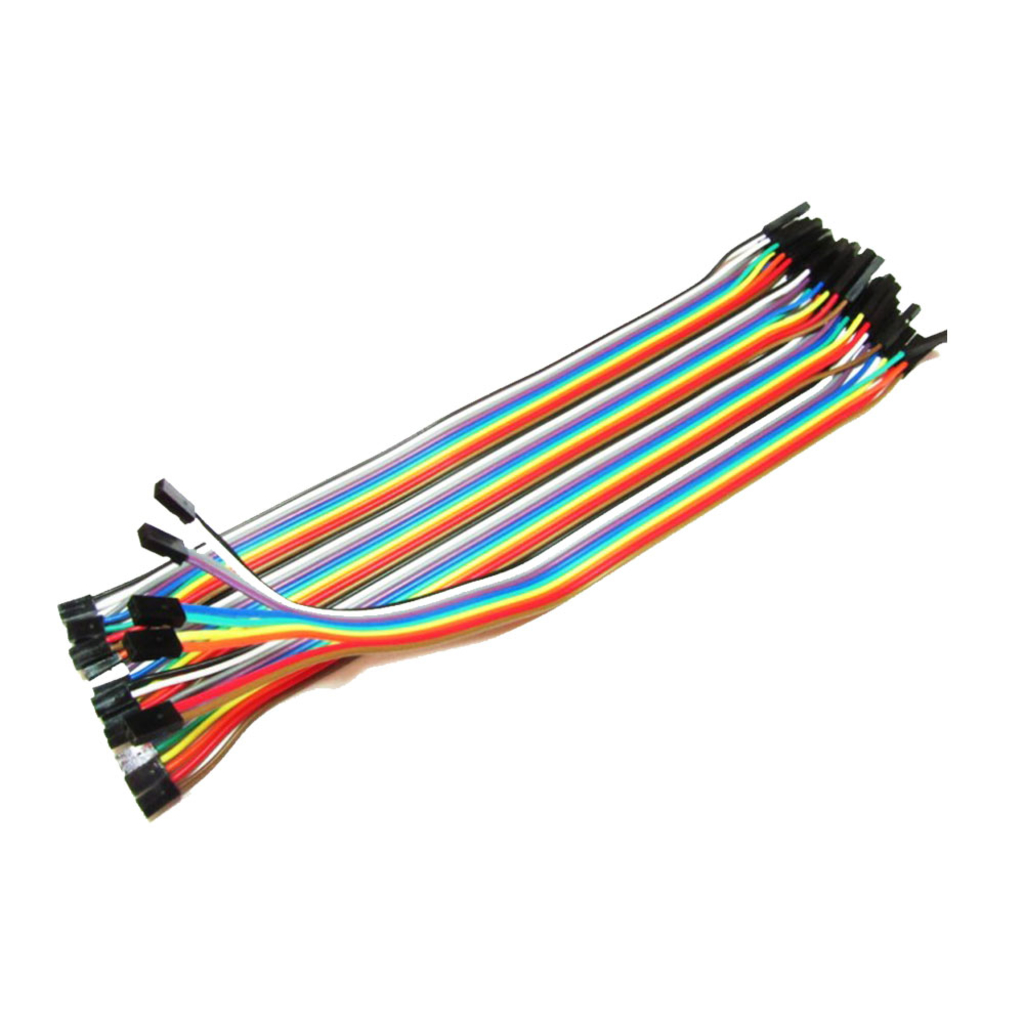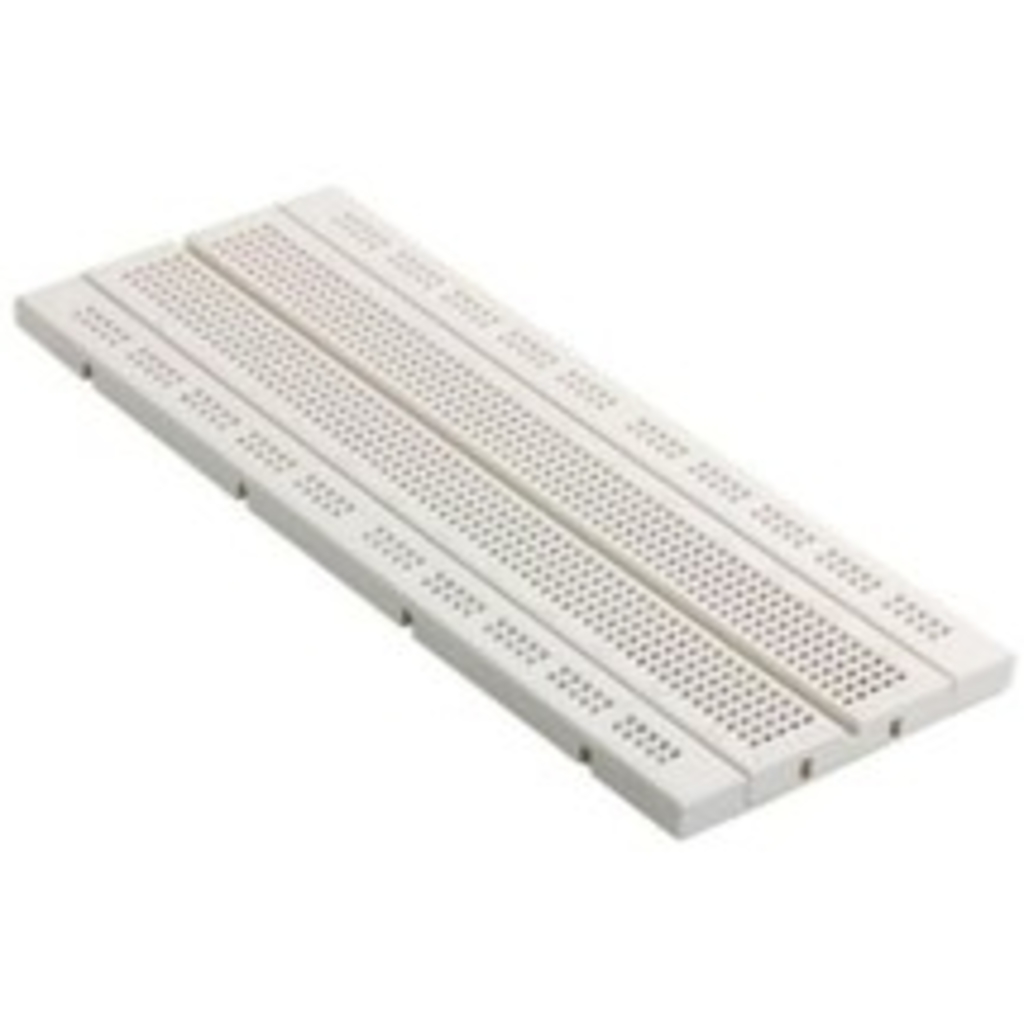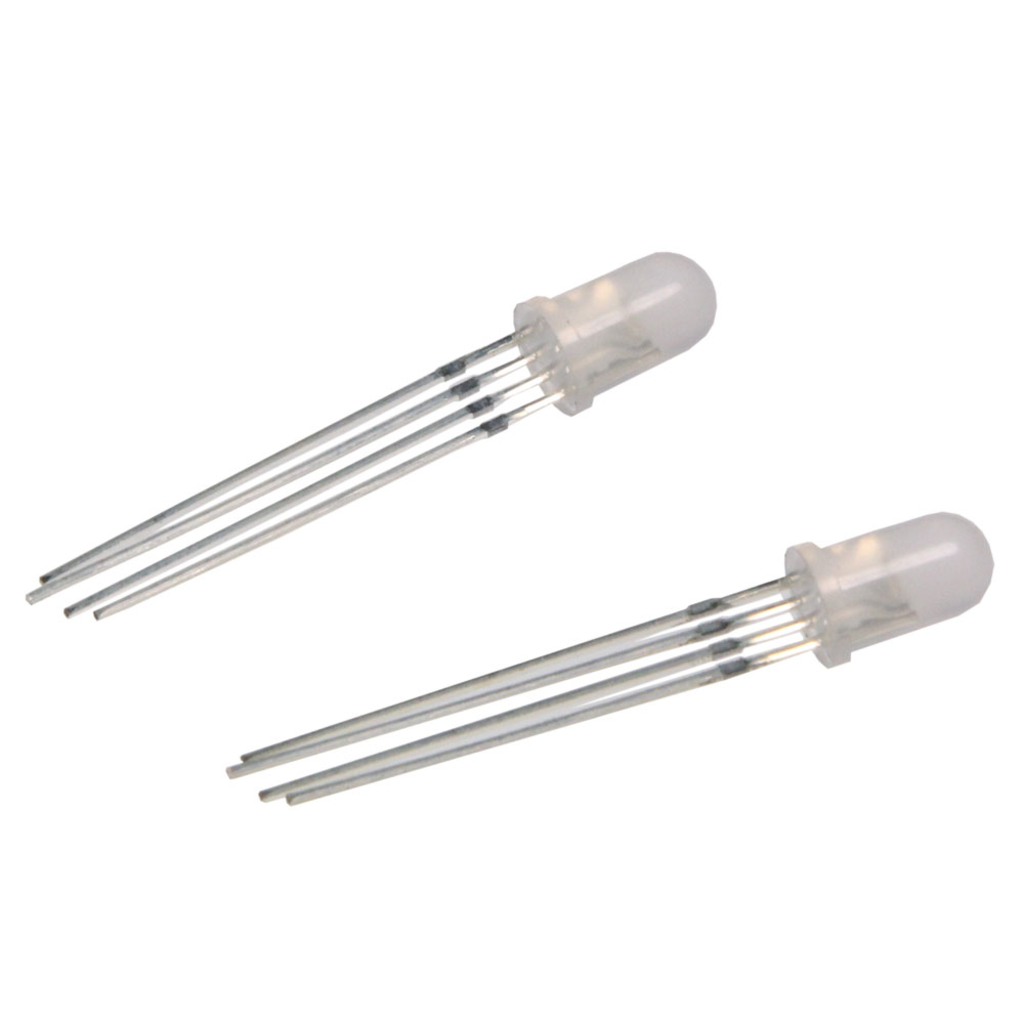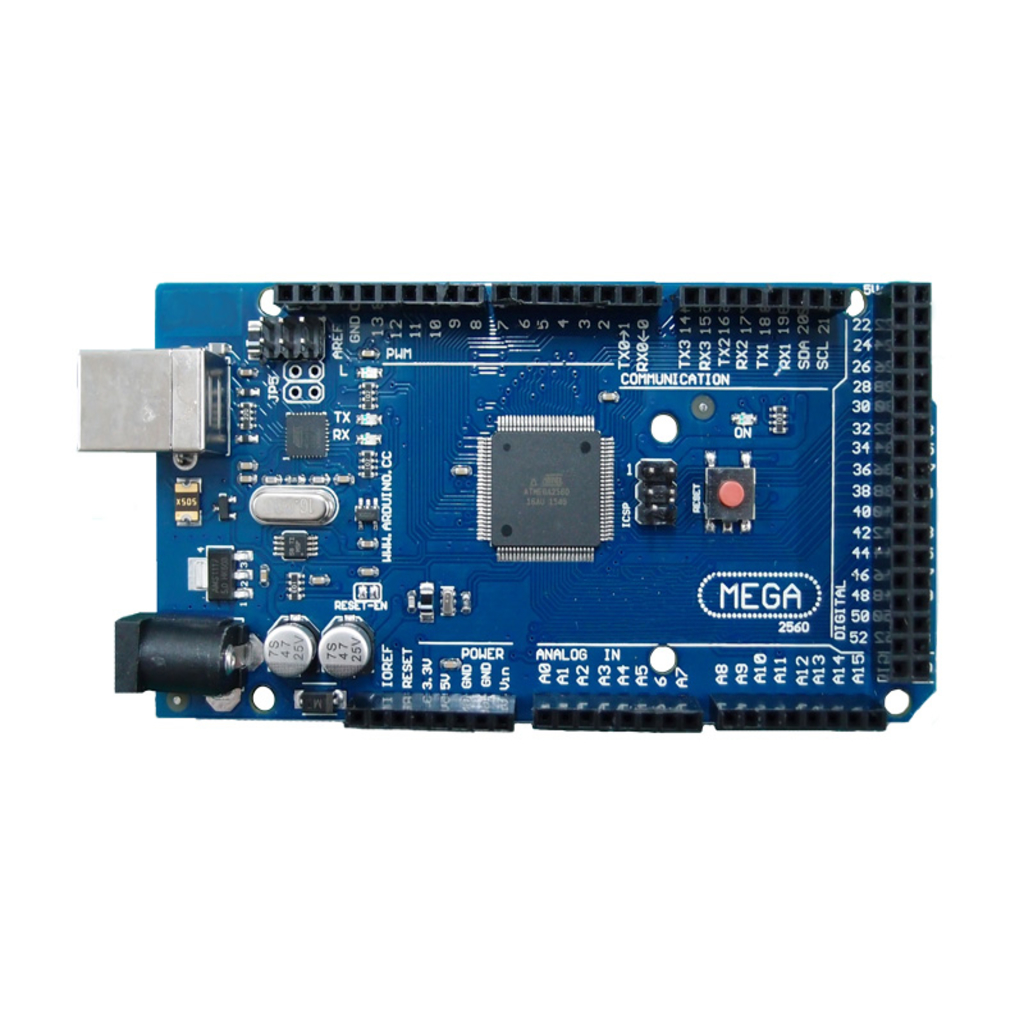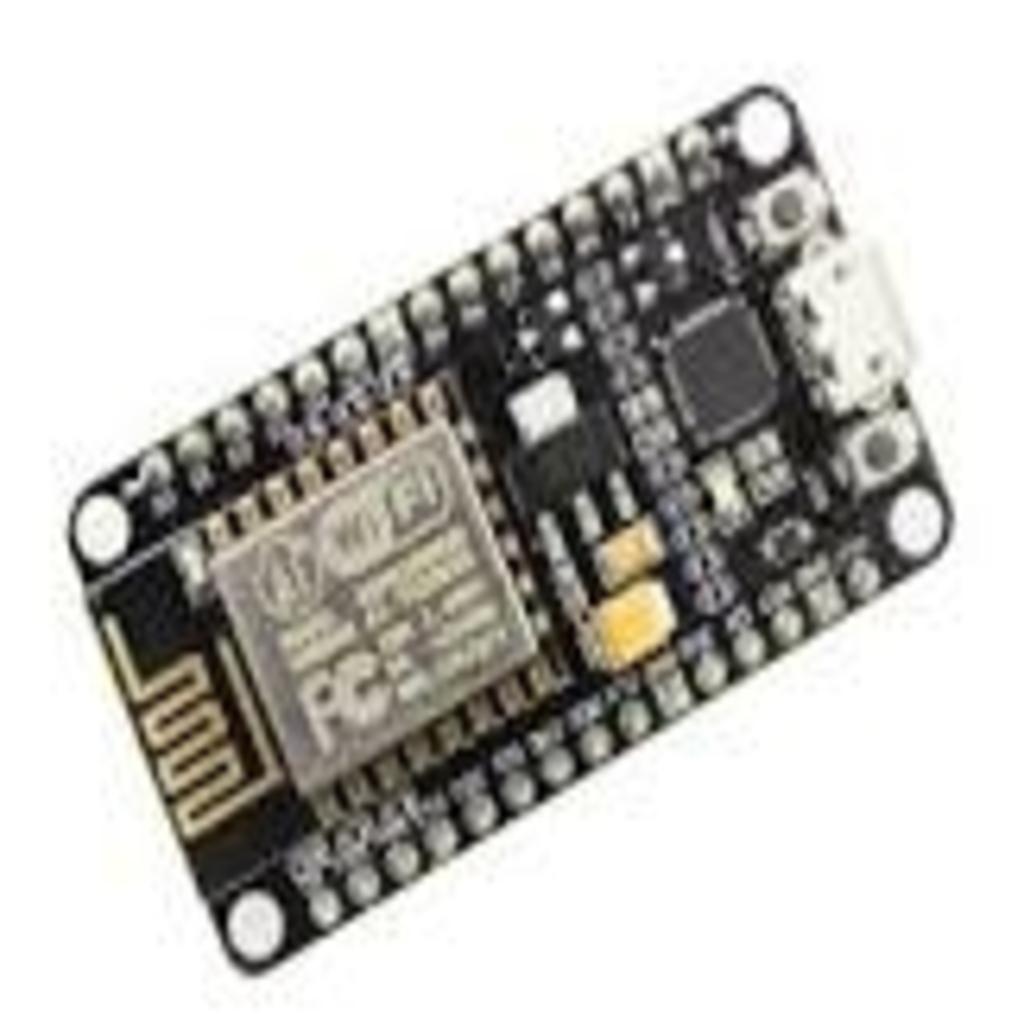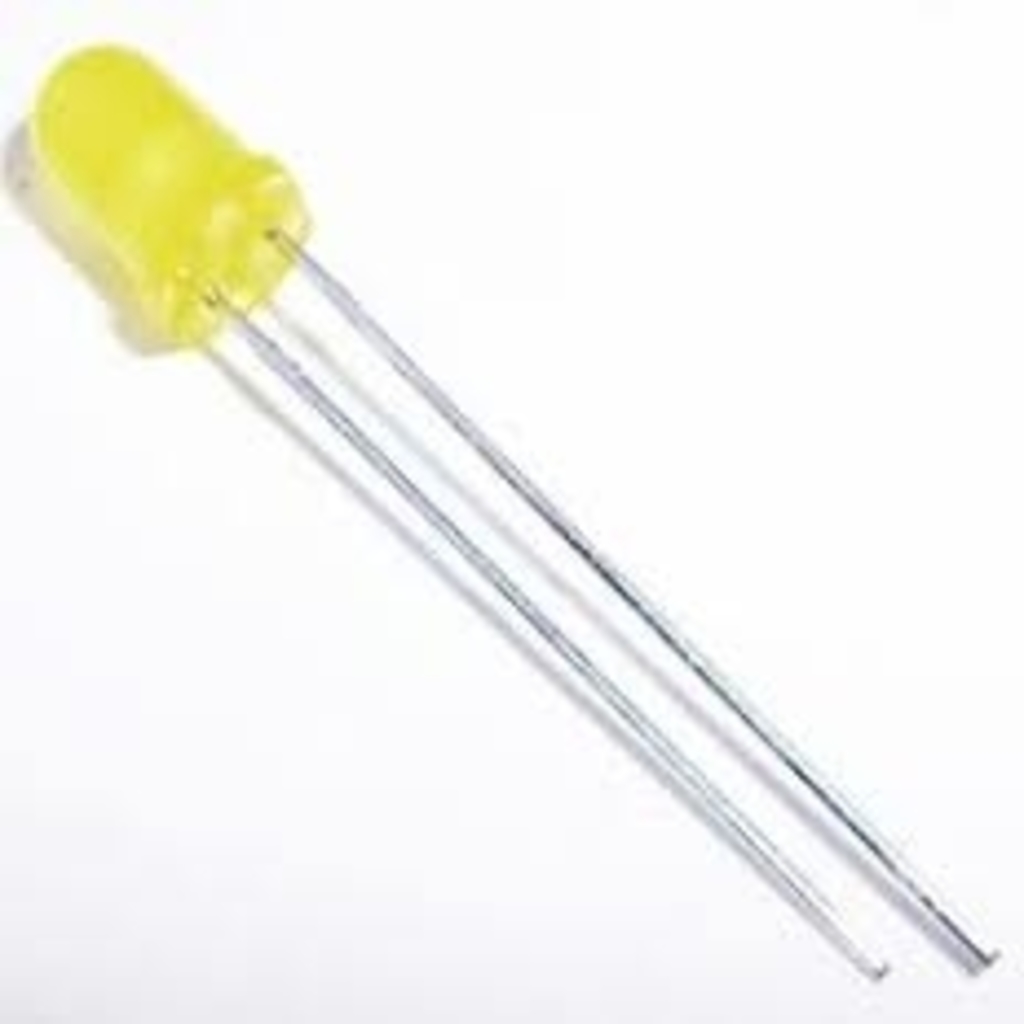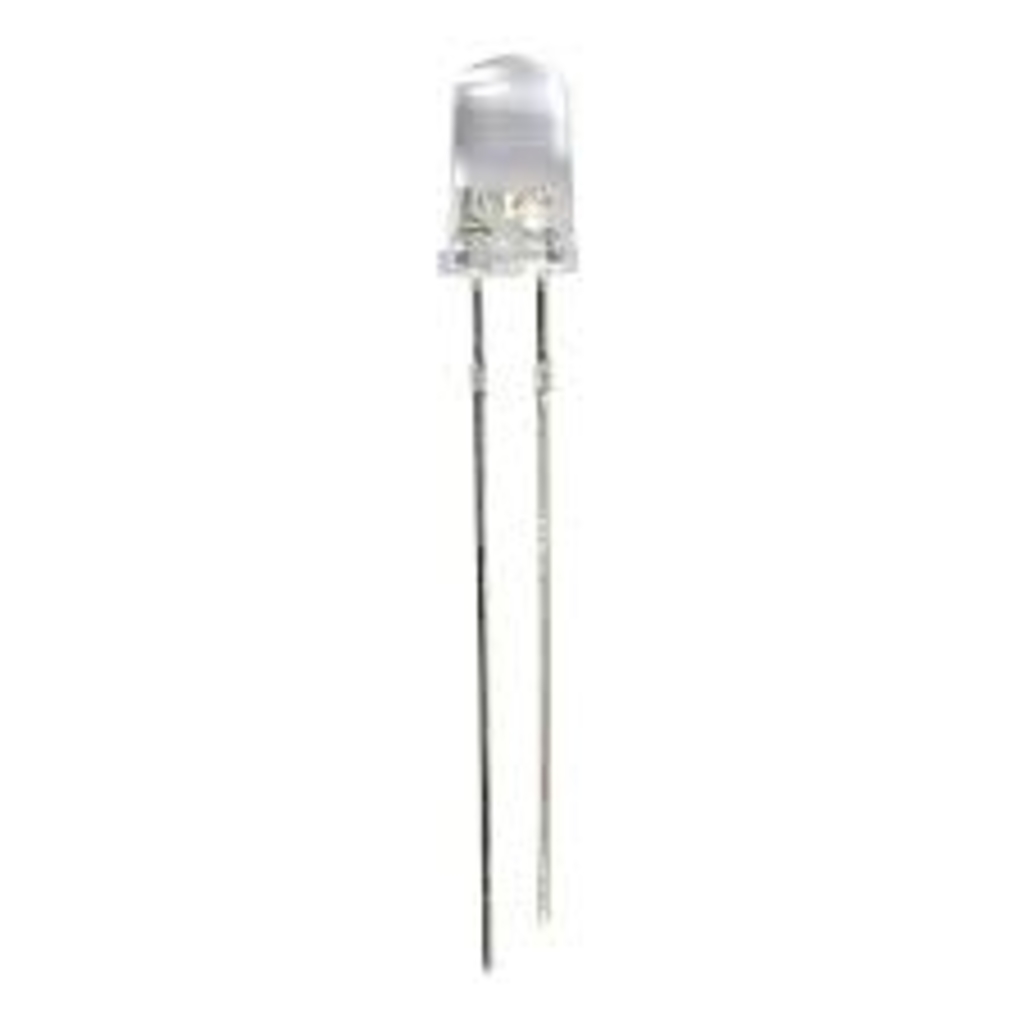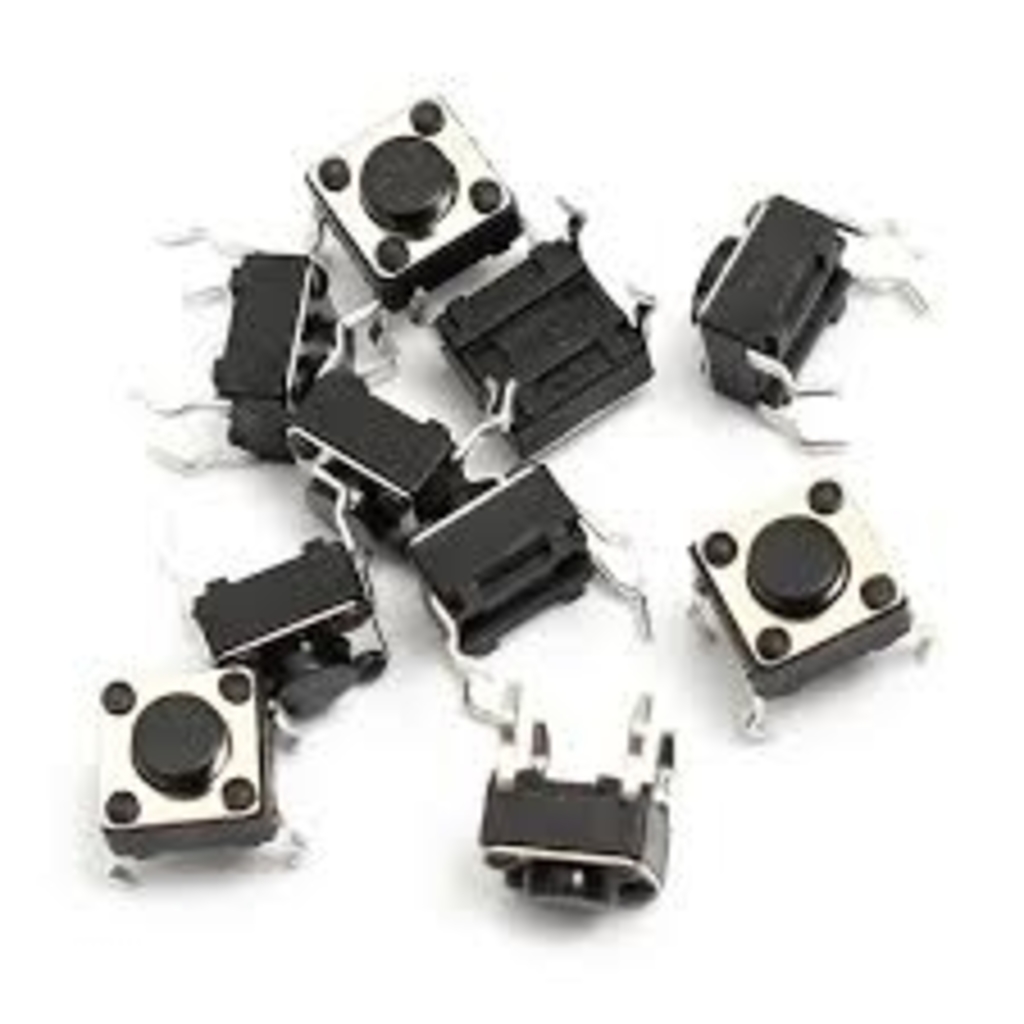99.00
99.00
19.00
29.00
49.00
99.00
49.00
149.00
99.00
99.00
99.00
299.00
499.00
299.00
169.00
19.00
99.00
399.00
449.00
299.00
149.00
99.00
599.00
149.00
49.00
49.00
49.00
99.00
399.00
99.00
99.00
99.00
49.00
99.00
89.00
99.00
199.00
89.00
990.00
399.00
99.00
99.00
799.00
Female Berg Strip
99.00
This 40 Pin Female Berg Strip and are designed for soldering directly into printed circuit boards (PCB). They are supplied best for extension of pins of Microcontrollers and ICs.
This is 40 pin single row female berg strip/header which can be cut into sizes with the wire cutter. The pitch for this header is standard 2.54mm.
Specifications & features include:-
• Standard 0.1" Spacing
• Nickel-Tin Plated
• Current Rating up to 1A
• Gold Plated
• Ideal for Board Connectors
Pack of 10 Pcs.
• Temperature Range: -55oC to +105oC
• Ideal for Connecting 2 Boards Together
Male Berg Strip
99.00
This 40 Pin Male Berge Strip has the industry standard spacing of 2.54mm and are designed for soldering directly into printed circuit boards (PCB). They are supplied best for extension of pins of Microcontrollers and ICs. These are the connectors used to take input or give output with the help of wires. They can be cut according to the need with the help of wire cutter.
Specifications:
• Number of Pins: 40
• Pin Spacing: 0.1" (2.54 mm)
• Strip Length: 10.25cm
• Strip width : ~2.5 mm
Pack of 10 strips
USB Cable - Type A-to-Mini B
49.00
USB Mini Cable is mainly used for Arduino Nano (USB 2.0 A to USB 2.0 Mini B) with Gold Plated Connector is the plug-and-play connection cable with MP3 players, digital cameras and PDAs, External Hard Drives.
It connects speed-critical devices, such as external hard drives and smartphones, and peripherals that require a Mini-B connection to your computer.
FEATURES:
• Up to 480 Mbps data transfer rate
• 3-foot-long high-speed USB 2.0 A-Male to Mini-B cable
• Constructed with corrosion-resistant, gold-plated connectors for optimal signal clarity and shielding to minimize interference
Voltage Regulator 7805, 7809, 7812
99.00
A linear regulator is a system used to maintain a steady voltage. The resistance of the regulator varies in accordance with the load resulting in a constant voltage output Because a linear voltage regulator is very common & integral to a number of other elements, regulators ICs are very popular.
Qty: 5 Pcs. each of 7805, 7809, 7812
Buzzer Small 5V
19.00
5V PCB Mounting Buzzer is a small PCB (printed circuit board) mountable buzzer. It is very small and compact 2-pin structure hence can be easily used on breadboard, PCBs which makes this a widely used component in most electronic applications. This Buzzer module emits loud sound when 3V to 5V is applied to it. Unlike a plain piezo, this buzzer does not need an AC signal. On one hand, that makes it really great for integrating into projects because you don't need an oscillating control signal. But on the other hand, you cannot change the frequency.
Buzzer Big 5V
29.00
5V PCB Mounting Buzzer is a big PCB (printed circuit board) mountable buzzer. It is very big and compact 2-pin structure hence can be easily used on breadboard, PCBs which makes this a widely used component in most electronic applications. This Buzzer module emits loud sound when 3V to 5V is applied to it. Unlike a plain piezo, this buzzer does not need an AC signal. On one hand, that makes it really great for integrating into projects because you don't need an oscillating control signal. But on the other hand, you cannot change the frequency.
Diode Pack
49.00
A diode is a specialized electronic component with two electrodes called the anode and the cathode. Most diodes are made of semiconductor material such as silicon, germanium, or selenium. The fundamental property of a diode is its tendency to conduct electric current in only one direction.
Qty. Pack of 50 diodes.
Push Button Switch
99.00
A push-button (also spelled pushbutton) or simply button is a simple switch mechanism for controlling some aspect of a machine or a process. Buttons are typically made out of hard material, usually plastic or metal. The surface is usually flat or shaped to accommodate the human finger or hand, so as to be easily depressed or pushed. Buttons are most often biased switches, although many un-biased buttons (due to their physical nature) still require a spring to return to their un-pushed state. Terms for the "pushing" of a button include pressing, depressing, mashing, slapping, hitting, and punching.
Qty: Pack of 100 switches
555 Timer IC
49.00
The 555 timer IC is an integral part of electronics projects. It a simple project involving a single 8-bit micro-controller and some peripherals or a complex one involving system on chips (SoCs), 555 timer working is involved.These provide time delays, as an oscillator and as a flip-flop element among other applications.The single 555 Timer chip in its basic form is a Bipolar 8-pin mini Dual-in-line Package (DIP) device consisting of some 25 transistors, 2 diodes and about 16 resistors arranged to form two comparators, a flip-flop and a high current output stage as shown below as well as the 555 Timer there is also available the NE556 Timer Oscillator which combines TWO individual 555’s within a single 14-pin DIP package and low power CMOS versions of the single 555 timer such as the 7555 and LMC555 which use MOSFET transistors instead.
Qty: Pack of 10 ICs.
Atmega 16U2 USB Controller IC
149.00
The ATmega8U2/16U2/32U2 is a low-power CMOS 8-bit microcontroller based on the AVR enhanced RISC architecture. By executing powerful instructions in a single clock cycle, the ATmega8U2/16U2/32U2 achieves throughputs approaching 1 MIPS per MHz. allowing the system designed to optimize power consumption versus processing speed.
Keypad - 4x4
99.00
This 4×4 Matrix Membrane Keypad provides an easy interface for embedded systems such as an Arduino. The 4×4 keypad has a total of 16 buttons in Matrix form. A 4x4 matrix keypad requires eight Input / Output ports for interfacing is used as an example. Rows are connected to Peripheral Input / Output (PIO) pins configured as output. This 16-button keypad provides a useful human interface component for microcontroller projects. It is made up of a thin, flexible membrane material with an adhesive backing. Convenient adhesive backing provides a simple way to mount the keypad in a variety of applications.
Features:
• Ultra-thin design
• Adhesive backing
• Excellent price/performance ratio
• Easy interface to any microcontroller
Key Specifications:
• Maximum Rating: 24 VDC, 30 mA
• Interface: 8-pin access to 4x4 matrix
• Operating temperature: 32 to 122 °F (0 to 50°C)
Application Ideas:
• Security systems
• Menu selection
• Data entry for embedded systems
Joystick Module
99.00
Lots of robotic projects need a joystick. This module offers an affordable solution to that. The Joystick module is similar to analog joysticks found in gamepads. This module produces an output of around 2.5V from X and Y when it is in resting position. Moving the joystick will cause the output to vary from 0v to 5V depending on its direction. If you connect this module to a microcontroller, you can expect to read a value of around 512 in its resting position (expect small variations due to tiny imprecision of the springs and mechanism) When you move the joystick you should see the values change from 0 to 1023 depending on its position.
Specifications:
• Directional movements are simply two potentiometers - one for each axis
• Compatible with Arduino interface
• The biaxial XY Joystick Module KY-023 is compatible with Arduino boards
• 5 Pin
• Color: Black
Alligator Connectors
99.00
Alligator connector is a sprung metal clip with long, serrated jaws which is used for creating a temporary electrical connection. This simple mechanical device gets its name from the resemblance of its jaws to that of an alligator's or crocodile's. It is used to connect an electrical cable to a battery or some other component. Functioning much like a spring-loaded clothespin, the clip's tapered, serrated jaws are forced together by a spring to grip an object. When manufactured for electronics testing and evaluation, one jaw of the clip is typically permanently crimped or soldered to a wire, or is bent to form the inner tubular contact of a 4 mm female banana jack, enabling quick non-permanent connection between a circuit under test and laboratory equipment or to another electrical circuit. The clip is typically covered by a plastic shroud or "boot" to prevent accidental short-circuits.
Sound Playback Module
299.00
This module is based on ISD1820, which is a multiple-message record/playback device. It can offer true single-chip voice recording, non-volatile storage, and playback capability for 8 to 20 seconds.
This module's use is very easy - you can direct control using the available push button on board or using a Microcontroller viz. Arduino, STM32, 8051 etc. The would enable you to easily control the track selection & repeat, playback, volume, recording...
Features:
- Push-button interface, playback can be edge or level activated
- Automatic power-down mode
- On-chip 8Ω speaker driver
- Signal 3V Power Supply
- Can be controlled both manually or by MCU
- Sample rate and duration changeable by replacing a single resistor
- Record up to 20 seconds of audio
Arduino UNO
499.00
Arduino Uno is a microcontroller board based on the ATmega328P (datasheet). It has 14 digital input/output pins (of which 6 can be used as PWM outputs ,6 analog inputs, a 16 MHz quartz crystal, a USB connection, a power jack, an ICSP header and a reset button. It contains everything needed to support the microcontroller; simply connect it to a computer with a USB cable or power it with a AC-to-DC adapter or battery to get started.
Features:
- Microcontroller: ATmega328P
- Operating Voltage: 3.3/5V
- Input Voltage: 1.8-5V
- DIO Pins: 14 (of which 6 provide 'PWM' output)
- AIO Pins: 6
- DC Current per I/O Pin: 20 mA (40mA peak)
- DC Current for 3.3V Pin: 50 mA
- Maximum Board Load Current: 200mA
- Flash Memory: 32KB (ATMega328P) of which 0.5 KB used by bootloader
- SRAM: 2KB (ATMega328P)
- EEPROM: 1KB (ATMega328P)
- Clock Speed: 16MHz
- System Bus: 8-bit
- USART: 1
- Serial TTL, SPI, I2C support
- Timers - 3
- External Interrupts, Supply & Clock support
Arduino Nano
299.00
The Arduino Nano is a small, complete, breadboard-friendly board based on the ATMega328P (Arduino Nano 3.x). It has more or less the same functionality as of the Arduino Duemilanove, but in a different package. It lacks the DC power jack and works with a Micro USB cable instead of a 'Type B' one.
Features:
- Microcontroller: ATmega328
- Architecture: AVR
- Operating Voltage: 5V
- Flash Memory: 32KB of which 2 KB used by bootloader
- SRAM: 2KB
- Clock Speed: 16 MHz.
- AIO Pins: 8
- DIO Pins: 22 (6 of which are PWM)
- EEPROM: 1KB
- Max DC Current per I/O Pins: 40 mA (I/O Pins)
- Input Voltage: 1.8-5.5V
- PCB Size: 18 x 45mm
Prototype Shield
169.00
The Prototype Shield makes it easy for you to design custom circuits. You can easily solder TH or SMD ICs on the prototyping area to test them with your Arduino board. The SMD area is designed for a maximum of 24 pins SOIC integrated circuit and the TH area contains a lot of space for the needed components around your project. You can even stick a mini breadboard (not included) on the protoarea for solderless operation. The proto area includes two power lines (IOREF and GND), two LEDs pads and SPI signals breakout pads for boards with SPI only on the ICSP header like Zero.
Features:
- Arduino GPIO Pinout Compatible
- 1 ICSP Connector footprint
- 2 LEDs and resistor footprint
- IOREF and GND power lines
- SPI signals pads
- 24 pin SMD footprint (50mils pitch)
9V Battery - HIW
19.00
9V BATTERY CLIPac GENERAL DESCRIPTION. 9-volt battery in its most common form was introduced for the early transistor radios. It has a rectangular prism shape with rounded edges and a polarized snap connector at the top. This type is commonly used in walkie talkies, clocks and smoke detectors.
LEDs - Blue
99.00
A light-emitting diode (LED) is a semiconductor light source that emits light when current flows through it. Electrons in the semiconductor recombine with electron holes, releasing energy in the form of photons. The color of the light (corresponding to the energy of the photons) is determined by the energy required for electrons to cross the band gap of the semiconductor.
It is pack of 100 LEDs
Bluetooth Module HC05
399.00
HC-05 module is an easy to use Bluetooth SPP (Serial Port Protocol) module, designed for transparent wireless serial connection setup.
Serial port Bluetooth module is fully qualified Bluetooth V2.0+EDR (Enhanced Data Rate) 3Mbps Modulation with complete 2.4GHz radio transceiver and baseband. It uses CSR Bluecore 04-External single chip Bluetooth system with CMOS technology and with AFH (Adaptive Frequency Hopping Feature). It has a footprint as small as 12.7mmx27mm.
HARDWARE FEATURES:
• Typical -80dBm sensitivity
• Up to +4dBm RF transmit power
• Low Power 1.8V Operation ,1.8 to 3.6V I/O
• PIO control
• UART interface with programmable baud rate
• With integrated antenna
• With edge connector
Wemos D1 R2
449.00
The ESP8266 is a low-cost Wi-Fi microchip with full TCP/IP stack and microcontroller. The ESP8266 WiFi Module is a self contained SOC with integrated TCP/IP protocol stack that can give any microcontroller access to your WiFi network. The ESP8266 is capable of either hosting an application or offloading all Wi-Fi networking functions from another application processor. The ESP8266 can be controlled from your local Wi-Fi network or from the internet (after port forwarding). The ESP-01 module has GPIO pins that can be programmed to turn ON/OFF LED or a relay ON/OFF through the internet. The module can be programmed using an Arduino/USB-to-TTL converter through the serial pins (RX, TX).
Features:
• 802.11 b/g/n protocol
• Wi-Fi Direct (P2P), soft-AP
• Integrated TCP/IP protocol stack
• Integrated TR switch, balun, LNA, power amplifier and matching network
• Integrated PLL, regulators, and power management units
• +19.5dBm output power in 802.11b mode
• Power down leakage current of < 10uA
• Integrated low power 32-bit CPU could be used as application processor
• SDIO 2.0, SPI, UART
• STBC, 1×1 MIMO, 2×1 MIMO
• A-MPDU & A-MSDU aggregation & s guard interval0.4
• Wake up and transmit packets in < 2ms
• Standby power consumption of < 1.0mW (DTIM3)
General Purpose PCB (140*90 mm)
59.00
The material used in PCB from top to bottom includes Silkscreen, Soldermask, Copper and Substrate. The last of those layers, substrate, is made of fiberglass and is also known as FR4, with the FR letters standing for "fire retardant."
General Purpose PCB (80*55 mm)
39.00
The material used in PCB from top to bottom includes Silkscreen, Soldermask, Copper and Substrate. The last of those layers, substrate, is made of fiberglass and is also known as FR4, with the FR letters standing for "fire retardant." and is 80 x 55mm in lenght.
8x8 LED Matrix Module
299.00
LED displays are often packaged as matrixes of LEDs arranged in rows of common anodes and columns of common cathodes or vice-versa. They can be used to display almost anything.Most modern LED sign boards uses various types of matrix boards with controllers. With low-voltage scanning, 8×8 LED Matrix LED display have advantages such as power saving, long service life, low cost, high brightness, a wide angle of view, long visual range, water proofness and so on. They can meet the needs of different applications and thus have a broad development prospect. 8×8 matrix consists of 64 dots or pixels. There is a LED for each pixel and these LEDs are connected with 16 pins.
SPECIFICATIONS:
• Operating Voltage: DC 4.7V – 5.3V
• Typical Voltage: 5V
• Operating Current: 320mA
• Max Operating Current: 2Aa
16x2 LCD
149.00
LCD (Liquid Crystal Display) screen is an electronic display module and find a wide range of applications. A 16x2 LCD display is very basic module and is very commonly used in various devices and circuits. These modules are preferred over seven segments and other multi segment LEDs. A 16x2 LCD means it can display 16 characters per line and there are 2 such lines. In this LCD each character is displayed in 5x7 pixel matrix. This LCD has two registers, namely, Command and Data.
Features:
- 5 x 8 dots with cursor
- Built-in controller (KS 0066 or Equivalent)
- +5V power supply (Also available for + 3V)
- 1/16 duty cycle
- H/L to be driven by pin 1, pin 2 or pin 15, pin 16 or A.K (LED)
- N.V. optional for + 3V power supply
LEDs - Green
99.00
A light-emitting diode (LED) is a semiconductor light source that emits light when current flows through it. Electrons in the semiconductor recombine with electron holes, releasing energy in the form of photons. The color of the light (corresponding to the energy of the photons) is determined by the energy required for electrons to cross the band gap of the semiconductor.
It is pack of 100 LEDs
SIM 800 GSM Module
599.00
SIM800 is a quad-band GSM/GPRS module designed for the global market. It works on frequencies GSM 850MHz; EGSM 900MHz, DCS 1800MHz and PCS 1900MHz. SIM800 features GPRS multi-slot class 12/ class 10 (optional) and supports the GPRS coding schemes CS-1, CS-2, CS-3 and CS-4 with a tiny configuration of 24*24*3mm, SIM800 can meet almost all the space requirements in users’ applications, such as M2M, smart phone, PDA and other mobile devices. SIM800 has 68 SMT pads, and provides all hardware interfaces between the module and customers’ boards. SIM800 is designed with power saving technique so that the current consumption is as low as 1.2mA in sleep mode. SIM800 integrates TCP/IP protocol and extended TCP/IP AT commands which are very useful for data transfer applications.
Features:
- One USB port can be used as debugging and firmware upgrading
- Audio channels which include a microphone input and a receiver output
- Programmable general purpose input and output
- One SIM card interface
- Support Bluetooth function
- Support one PWM
- PCM/SPI/SD card interface, only one function can be accessed synchronously
- Power supply 3.4V ~ 4.4V
- Typical power consumption in sleep mode is 1.2mA
- Frequency bands GPRS multi-slot class 12
- Support SIM card: 1.8V, 3V
- Serial Port: Can be used for AT commands for data stream
- USB Port: Can be used as debugging and firmware upgrading.
Water Pump Module
149.00
This is a low cost mini submersible type water pump that works on 3-6V DC. It is extremely simple and easy to use. Just immerse the pump in water, connect a suitable pipe to the outlet and power the motor with 3-6V to start pumping water it s great for building science projects, fire-extinguishers, fire fighting robots, fountains,waterfalls, plant watering systems. It is small, compact and light. It can be controlled from a micro controller/Arduino using our DC Motor Drivers or one of our Relay Boards. You may use our 5V SMPS Power Supply Adapter to run this pump. You may also use our 6V Solar Panel to run the pump with appropriate a voltage regulator.
Do not run the pump dry (without putting it in water) and do not use it to pump flammable liquids.
Laser Diode
49.00
A laser diode, (LD) is a semiconductor device similar to a light-emitting diode in which the laser beam gets generated at the diode's junction.Laser diodes can directly convert electrical energy into light. Driven by voltage, the doped p-n-transition allows for recombination of an electron with a hole. Due to the drop of the electron from a higher energy level to a lower one, radiation, in the form of an emitted photon is generated. This is spontaneous emission. Stimulated emission can be produced when the process is continued and further generate light with the same phase, coherence and wave length.
Features:
• RoHS (Restriction of Hazardous Substances) Compliant.
• Quality level is high.
• Cost is economical.
• Wavelength from 635 nm to 660 nm.
• Rise and fall time is 0.5ns.
Technical Specification:
• Operating Temperature: -10 ~ +40 ℃.
• Storage Temperature: -15 ~ +85 ℃.
• Output power (Po): 5 mW.
• Normal and maximum operating voltage is 2.2 and 2.7 respectively.
• Threshold current in minimum, normal and maximum condition are 15, 20 and 30mA.
• Operating current is 65 to 80mA.
• Beam Angle deviation: For both parallel and perpendicular condition it is in between -3 to 3 degrees
Beam divergence:-
• For parallel condition it is in between 8 to 12 degree.
• For perpendicular condition it is in between 23 to 32 degree.
Piezoelectric Plate
49.00
A piezoelectric plate is a device that uses the piezoelectric effect to measure pressure, acceleration, strain or force by converting them to an electrical charge. Piezoelectricity is the electricity generated by piezo element by effect called the piezoelectric effect. It is the ability of certain materials to generate an AC (alternating current) voltage when subjected to mechanical stress or vibration, or to vibrate when subjected to an AC voltage, or both. The most common piezoelectric material is quartz. Certain ceramics, Rochelle salts, and various other solids also exhibit this effect.
Specification:
• Resonance Frequency: 4.6 KHz +/- 0.5 KHz
• Resonance Impedance: 200 Ohms
• Capacitance: 20nF +/- 30% at 1 KHz
• Operating Temperature -20 to +70 C
• Storage Temperature -30 to +80 C
• Metal Material Brass
Qty: Pack of 5 Pcs.
Resistors
49.00
The box which contains the resistors of different values for estimating and comparing the resistance is known as the resistance box. The accuracy of the resistance box is very high. A resistor is an electrical component that limits or regulates the flow of electrical current in an electronic circuit. Resistors can also be used to provide a specific voltage for an active device such as a transistor. and contains a pack of 100 resistors.
Capacitors
99.00
The box which contains the capacitors of different values for estimating and comparing the capacitance is known as the capacitance box. A capacitor (originally known as a condenser) is a passive two-terminal electrical component used to store energy electrostatically in an electric field. Unlike a resistor, a capacitor does not dissipate energy. Instead, a capacitor stores energy in the form of an electrostatic field between its plates.
Pack of 100 capacitors.
Hookup wire Roll/ Connecting wire roll
399.00
Hook-up wire is in the family of lead wires that may be used for low-voltage, low current applications and is a single insulated conductor. Hook-up wire is frequently used in control panels, automotives, meters, ovens, as internal wiring of computers, electronic equipment, business machines and appliances.
Jumper Wires - M-M
99.00
Jumper wires are simply wires that have connector pins at each end, allowing them to be used to connect two points to each other without soldering. Jumper wires are typically used with breadboards and other prototyping tools in order to make it easy to change a circuit as needed.Male ends have a pin protruding and can plug into things, while female ends do not and are used to plug things into. Male-to-male jumper wires are the most common and what you likely will use most often. When connecting two ports on a breadboard, a male-to-male wire is what you'll need.
Jumper Wires - M-F
99.00
Jumper wires are simply wires that have connector pins at each end, allowing them to be used to connect two points to each other without soldering. Jumper wires are typically used with breadboards and other prototyping tools in order to make it easy to change a circuit as needed.Male ends have a pin protruding and can plug into things, while female ends do not and are used to plug things into. Male-to-female jumper wires are the most common and what you likely will use most often. When connecting two ports on a breadboard, a male-to-female wire is what you'll need.
Jumper Wires - F-F
99.00
Jumper wires are simply wires that have connector pins at each end, allowing them to be used to connect two points to each other without soldering. Jumper wires are typically used with breadboards and other prototyping tools in order to make it easy to change a circuit as needed.
Female ends have a pin protruding and can plug into things, while female ends do not and are used to plug things into. Female-to-female jumper wires are the most common and what you likely will use most often. When connecting two ports on a breadboard, a female-to-female wire is what you'll need.
Vibration Motor
49.00
A vibrating motor is essentially a motor that is improperly balanced. In other words, there is an off-centred weight attached to the motor's rotational shaft that causes the motor to wobble.
The amount of wobble can be changed by the amount of weight that you attach, the weight's distance from the shaft, and the speed at which the motor spins.
This type of motor can be affixed to all kinds of objects, which will cause them to vibrate and move freely about. This is a quick and dirty way to get a Simple Bot to move about, but not exactly the most elegant. Vibrating motors can be found inside cell phones, pagers, gaming controllers, and personal massagers.
In absence of those, you can easily build your own vibrating motor by attaching any off centred weight to any motor shaft. They can also be created by breaking in half balanced components already attached to motor shafts.
LEDs - Red
99.00
A light-emitting diode (LED) is a semiconductor light source that emits light when current flows through it. Electrons in the semiconductor recombine with electron holes, releasing energy in the form of photons. The color of the light (corresponding to the energy of the photons) is determined by the energy required for electrons to cross the band gap of the semiconductor.
It's a box of 100 LEDs
Breadboard - 800 Points
89.00
A breadboard is a solderless device for temporary prototype with electronics and test circuit designs. Breadboards are used for rapid prototyping of electronic projects, without needing to solder the components to make it work. Most electronic components in electronic circuits can be interconnected by inserting their leads or terminals into the holes and then making connections through wires where appropriate. The breadboard has strips of metal underneath the board and connects the holes on the top of the board.
This is a Full size breadboard or standard size breadboard with 800 tie points, the breadboard measures 55mm x 170mm, you can combine two or more of this breadboard to make larger or wider breadboards, it also includes an adhesive foam at the back, to mount it securely on most surfaces.
RGB LEDs
99.00
RGB LED means red, blue and green LEDs. RGB LED products combine these three colors to produce over 16 million hues of light. Note that not all colors are possible. Some colors are outside the triangle formed by the RGB LEDs also, pigment colors such as brown or pink are difficult, or impossible, to achieve. RGB LED is a combination of three LEDs in just one package: red, green and blue. You can generate different colors by adjusting the brightness of each of the three LEDs of the RGB LED; to adjust the brightness of each LED, you use a PWM signal.
Seven segment LED Display - 4 Digit
199.00
A seven-segment display (SSD), or seven-segment indicator, is a form of electronic display device for displaying decimal numerals that is an alternative to the more complex dot matrix displays. Seven-segment displays are widely used in digital clocks, electronic meters, basic calculators, and other electronic devices that display numerical information.Each of the seven LEDs is called a segment because when illuminated the segment forms part of a numerical digit (both Decimal and Hex) to be displayed. An additional 8th LED is sometimes used within the same package thus allowing the indication of a decimal point, (DP) when two or more 7-segment displays are connected together to display numbers greater than ten.
FEATURES:
• Available in two modes Common Cathode (CC) and Common Anode (CA)
• Low current operation
• Current consumption : 30mA / segment
• Peak current : 70mA
Bread Board - 400 points
89.00
Solderless breadboards are commonly used for prototyping because they allow you to quickly build temporary circuits without soldering. Breadboards accept most through-hole parts and up to 22 wire. When you’re done or want to change your circuit, it’s easy to take your circuit apart. Pre-cut and premium jumper wires are especially convenient for Solderless Breadboard.Two sides of the breadboard have tabs and the other two sides have compatible slots, which lets you connect multiple 400-point breadboards for more prototyping space.
Specifications:
- It has total 400 holes
- Perfect for electronics protype experiments
- After experimenting with breadboards you can make your circuit more permanent with same connection
- Made up of ABS plastic + Phosphor bronze nickel plated spring clips.
Arduino Mega
990.00
The Arduino Mega is a microcontroller board based on the ATmega2560. It has 54 digital input/output pins (of which 14 can be used as PWM outputs), 16 analog inputs, 4 UARTs (hardware serial ports), a 16 MHz crystal oscillator, a USB connection, a power jack, an ICSP header, and a reset button.
Node MCU
399.00
NodeMCU is an open source IoT platform. It includes firmware which runs on the ESP8266 Wi-Fi SoC from Espressif Systems, and hardware which is based on the ESP-12 module.
LEDs - Yellow
99.00
A light-emitting diode (LED) is a semiconductor light source that emits light when current flows through it. Electrons in the semiconductor recombine with electron holes, releasing energy in the form of photons. The color of the light (corresponding to the energy of the photons) is determined by the energy required for electrons to cross the band gap of the semiconductor.
">
LEDs - White
99.00
A light-emitting diode (LED) is a semiconductor light source that emits light when current flows through it. Electrons in the semiconductor recombine with electron holes, releasing energy in the form of photons. The color of the light (corresponding to the energy of the photons) is determined by the energy required for electrons to cross the band gap of the semiconductor.
Button Switch Set
799.00
A push-button (also spelled pushbutton) or simply button is a simple switch mechanism for controlling some aspect of a machine or a process. Buttons are typically made out of hard material, usually plastic or metal. The surface is usually flat or shaped to accommodate the human finger or hand, so as to be easily depressed or pushed.




